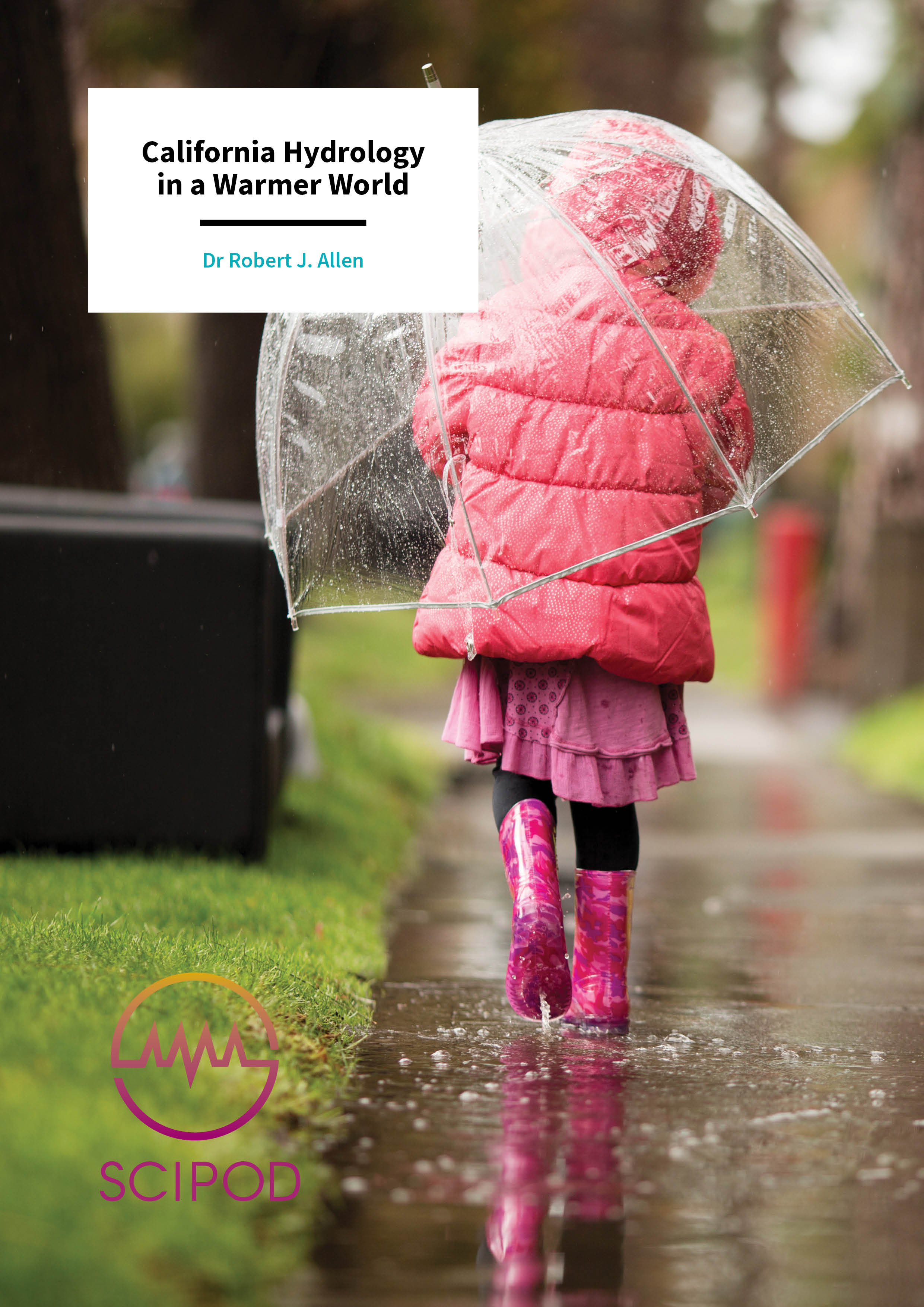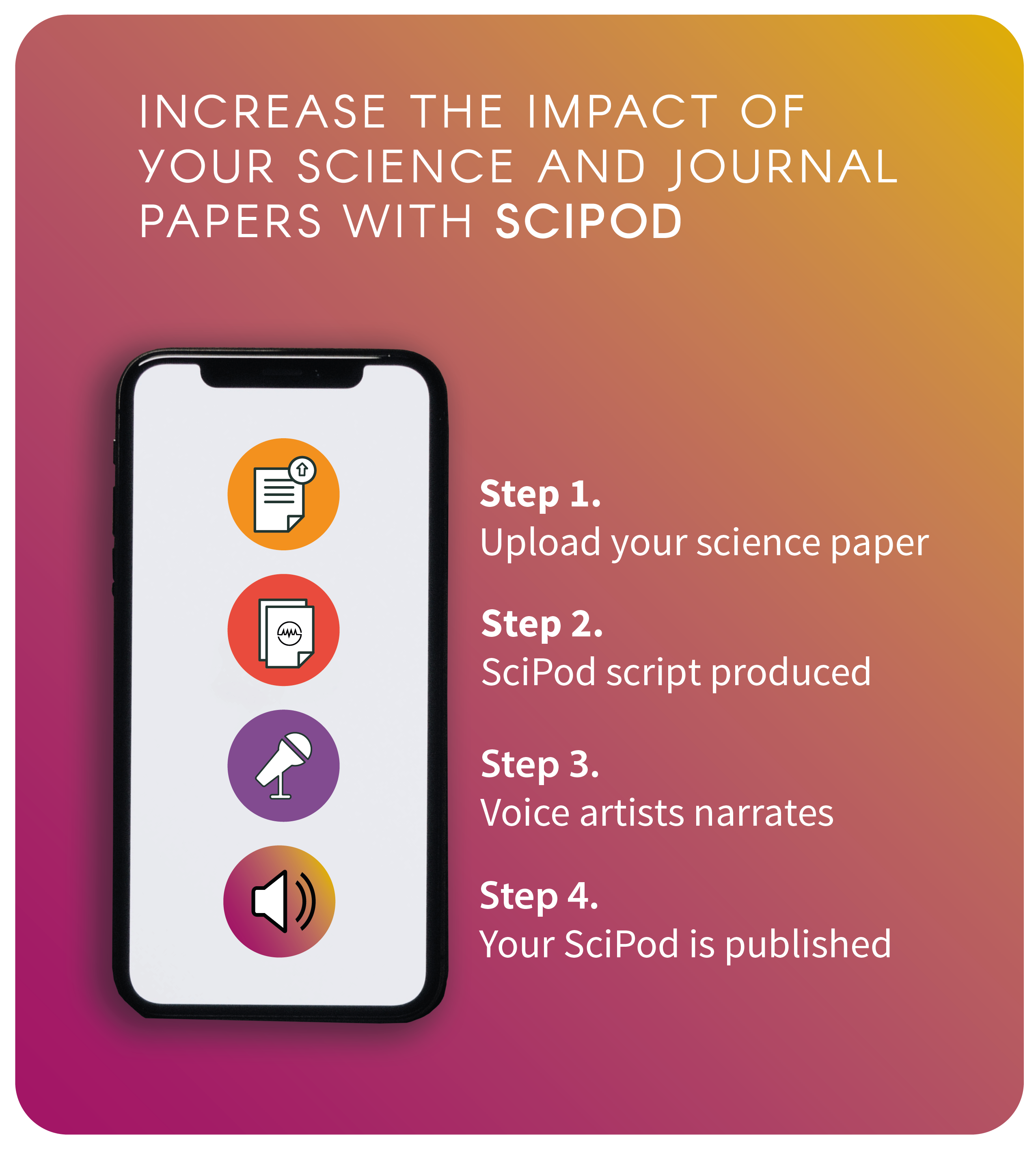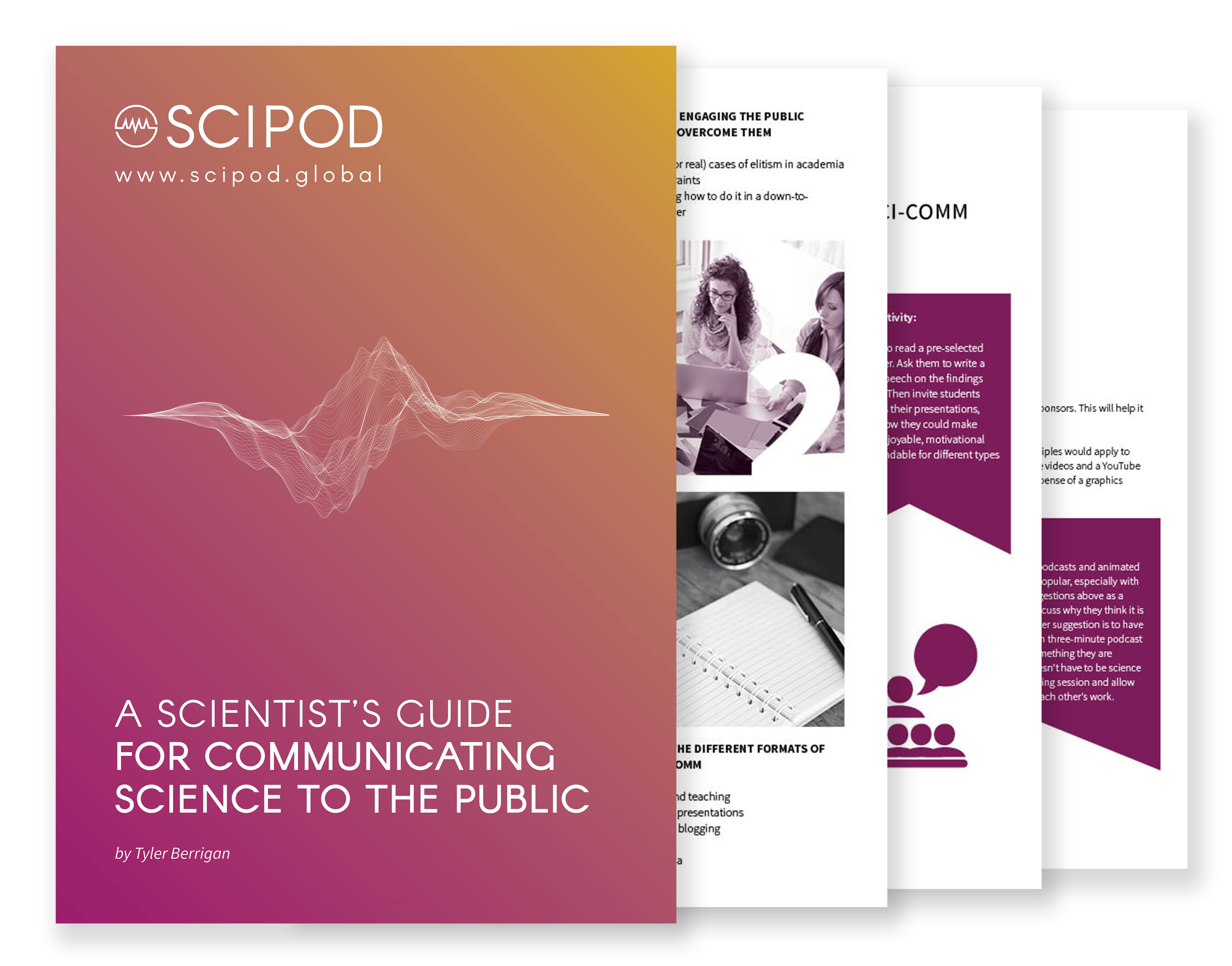Welcome to SciComm Radio
An exclusive interview series with leading scientists and science communicators

Click Below To Listen To A SciPod Radio Episode
The Sargasso Sea Commission – Saving the Atlantic Golden Rainforest
The Sargasso Sea Commission – Saving the Atlantic Golden Rainforest
The Sargasso Sea contains a unique ecosystem based upon floating seaweed. It is a marine treasure that is threatened by pollution and other human activities. The Sargasso Sea Commission, an international team of researchers and policy makers, is working to preserve and protect this wonder of the ocean.
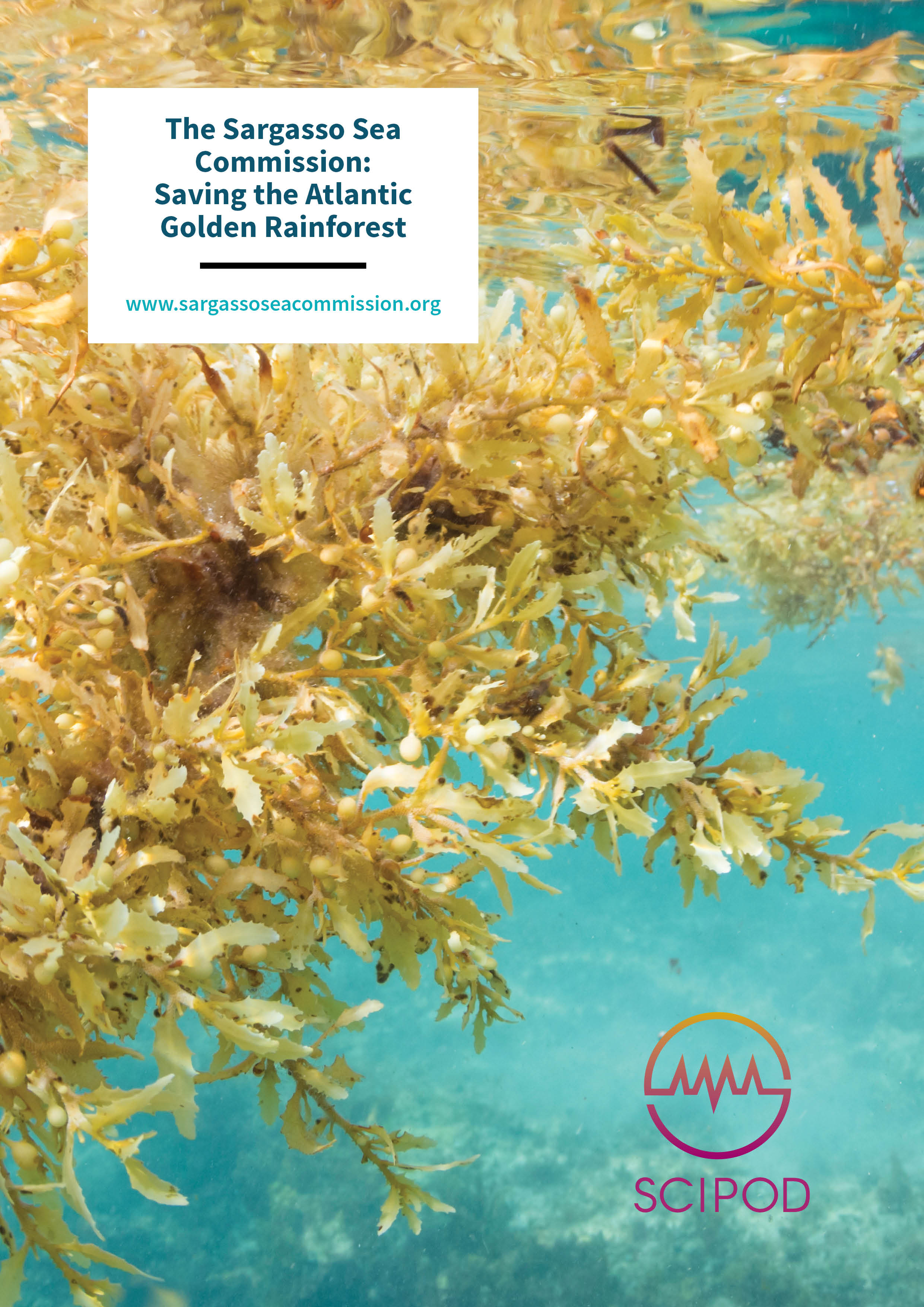
You may also like …
Climate and Agricultural Resilience in the American Southwest Safeguarding Ancient Traditions Against Modern Threats – Dr Maureen McCarthy, University of Nevada
Climate and Agricultural Resilience in the American Southwest Safeguarding Ancient Traditions Against Modern Threats – Dr Maureen McCarthy, University of Nevada
Sustaining the availability of clean water is one of the greatest challenges humanity will face, as climate change leads to hotter, more extreme weather patterns that disrupt normal snow and rainfall worldwide. These changes are predicted to hit arid climates particularly hard, and the effects in such areas are already being felt in many countries across the globe. Dr Maureen McCarthy at the University of Nevada and the Desert Research Institute is working with Native American communities to help promote and preserve ancient tribal agricultural practices and water use in the United States.
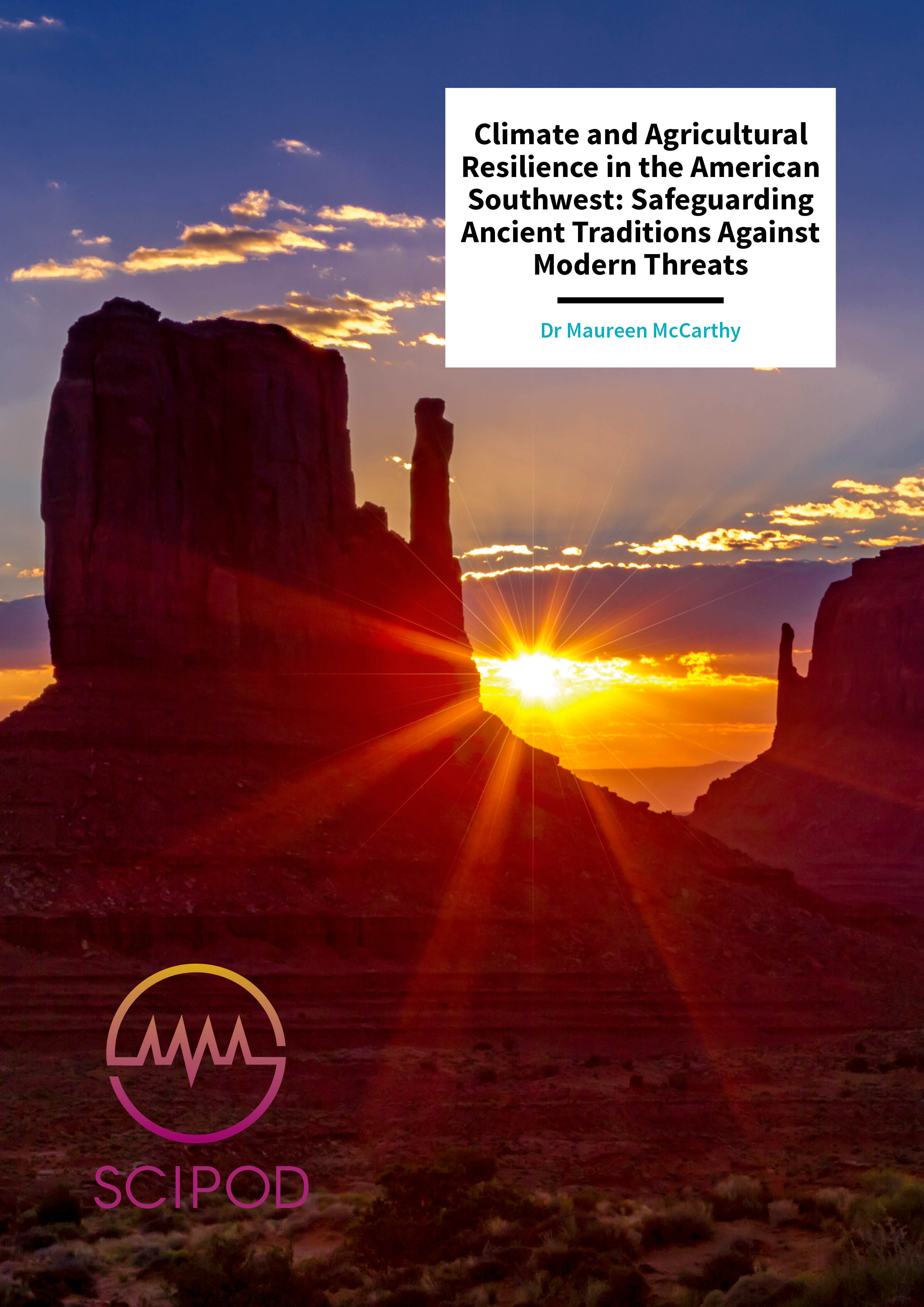
You may also like …
BEST in CLASS: Improving Interactions Between Teachers and Students – Drs Maureen Conroy and Kevin Sutherland
BEST in CLASS: Improving Interactions Between Teachers and Students – Drs Maureen Conroy and Kevin Sutherland
Young students who exhibit problematic behaviours in school often fail to fully benefit from their educational experiences and can have adjustment problems later in life. Dr Maureen Conroy at the University of Florida and Dr Kevin Sutherland at Virginia Commonwealth University have been developing a classroom-based intervention model called BEST in CLASS, designed to improve how teachers and young children with chronic behavioural problems interact with each other.
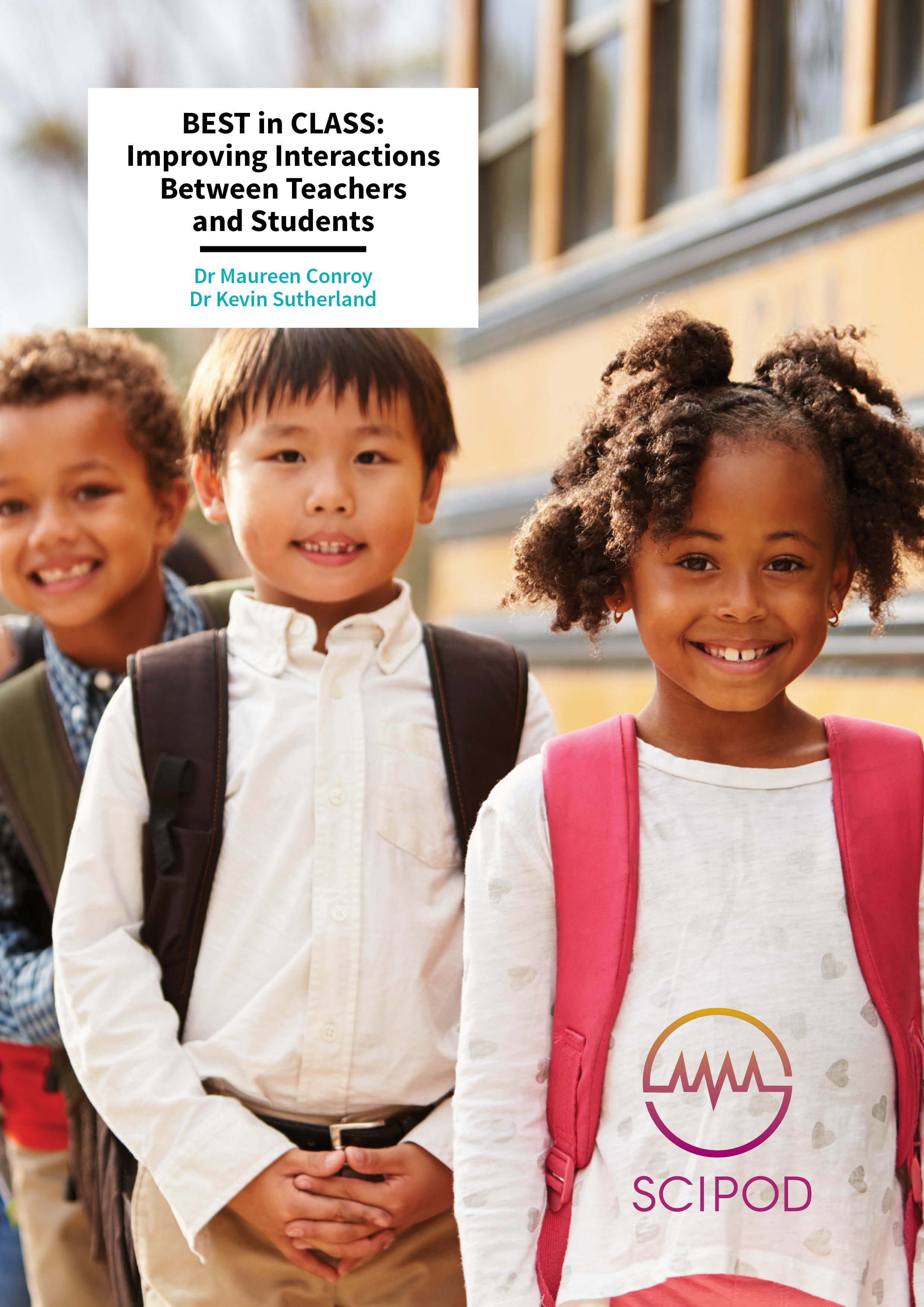
You may also like …
The Dynamics of Dynamin and Cancer Evolution – Professor Sandra Schmid, University of Texas Southwestern Medical Center
The Dynamics of Dynamin and Cancer Evolution – Professor Sandra Schmid, University of Texas Southwestern Medical Center
All cells need to transport vital biomolecules across membranes by packaging them into small membrane-bound containers called vesicles. Integral to this process is the large protein dynamin. In her insightful and pioneering research, Professor Sandra Schmid has begun to open the ‘black box’ on how changes in the activity of dynamin can impact cargo uptake to vesicles and the survival of cancer cells.
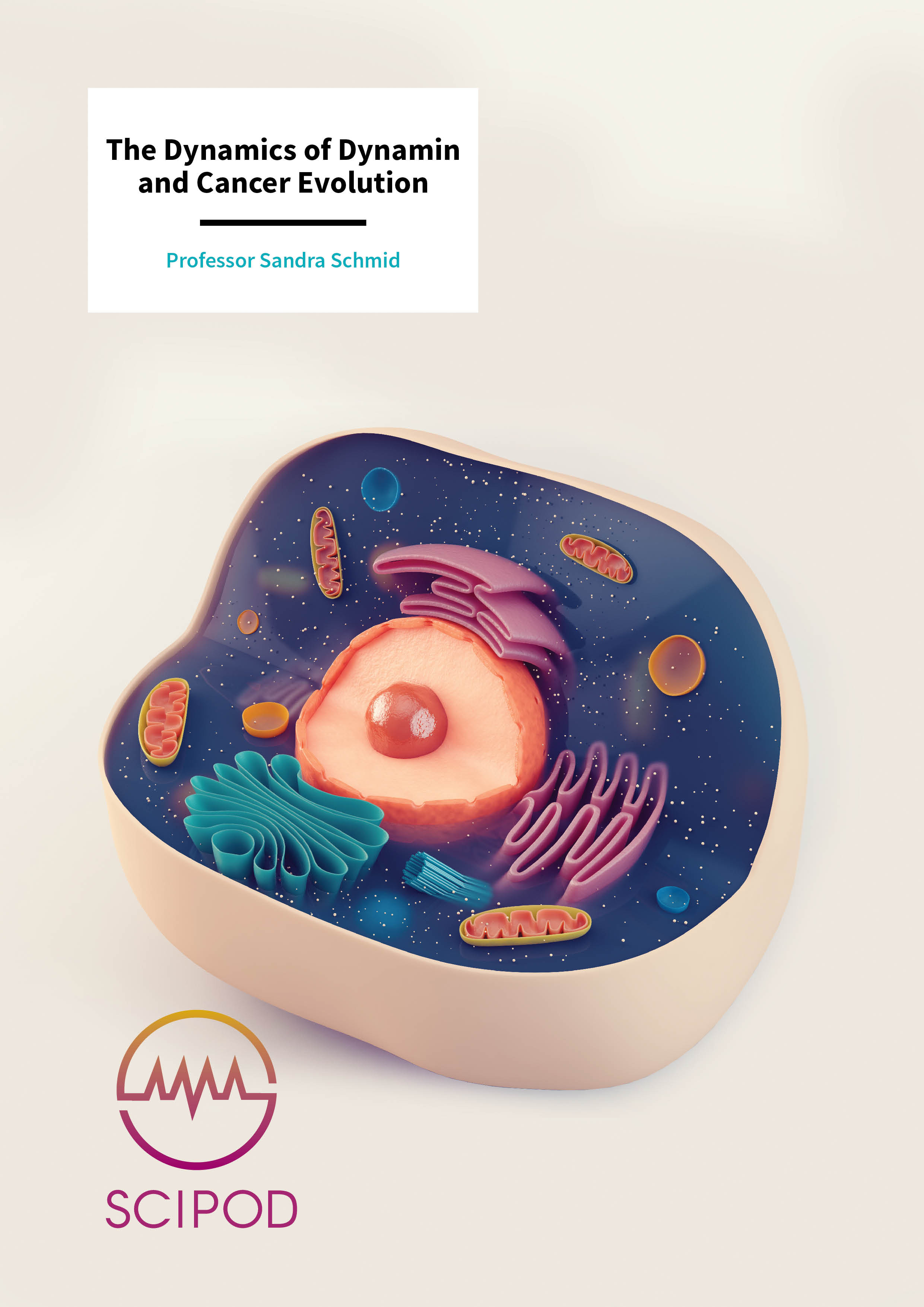
You may also like …
Cellular Polka and Immune Cell Signalling – Professor Brian C. Schaefer, Uniformed Services University of the Health Sciences
Cellular Polka and Immune Cell Signalling – Professor Brian C. Schaefer, Uniformed Services University of the Health Sciences
Immunology remains an important branch of medical and biological sciences, providing us with protection against infection and disease. Professor Brian Schaefer of the Uniformed Services University, Bethesda, has dedicated his research to elucidating the molecular mechanisms of immune cell signalling, with the hope of discovering potential therapeutic targets for immunological drugs – to ultimately treat human diseases including autoimmunity, graft rejection and cancers.
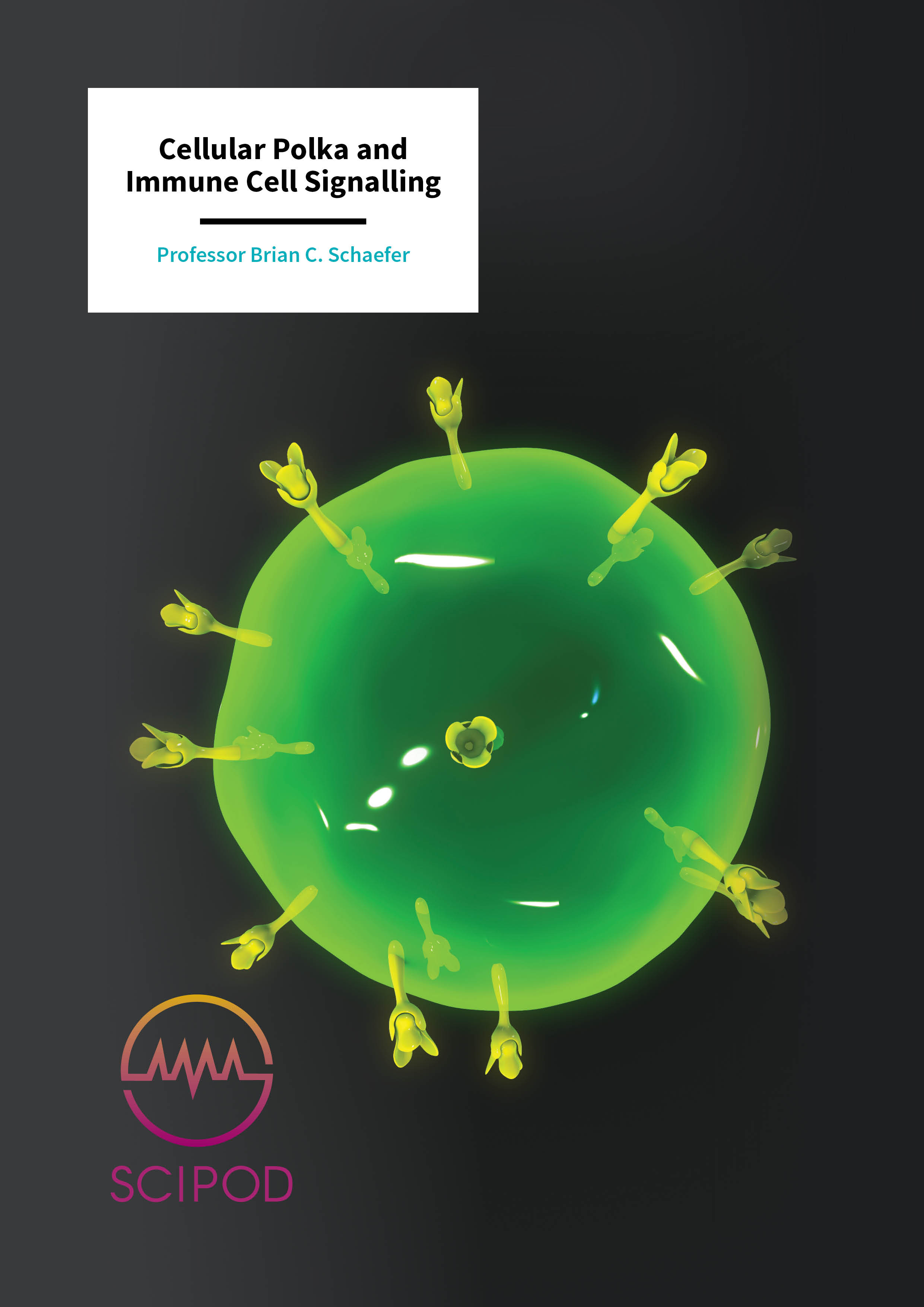
You may also like …
S-COAM: Supporting Students in STEM Education – Indiana University of Pennsylvania
S-COAM: Supporting Students in STEM Education – Indiana University of Pennsylvania
A report by the US National Science Foundation found that the State of Pennsylvania ranks below the national average on the proportion of mathematics, science, and engineering degrees conferred to students. The Scholarships-Creating Opportunities for Applying Mathematics Program, developed by Drs Yu-Ju Kuo and Frederick Adkins at Indiana University of Pennsylvania, provides financial aid and a variety of academic opportunities to students in need.
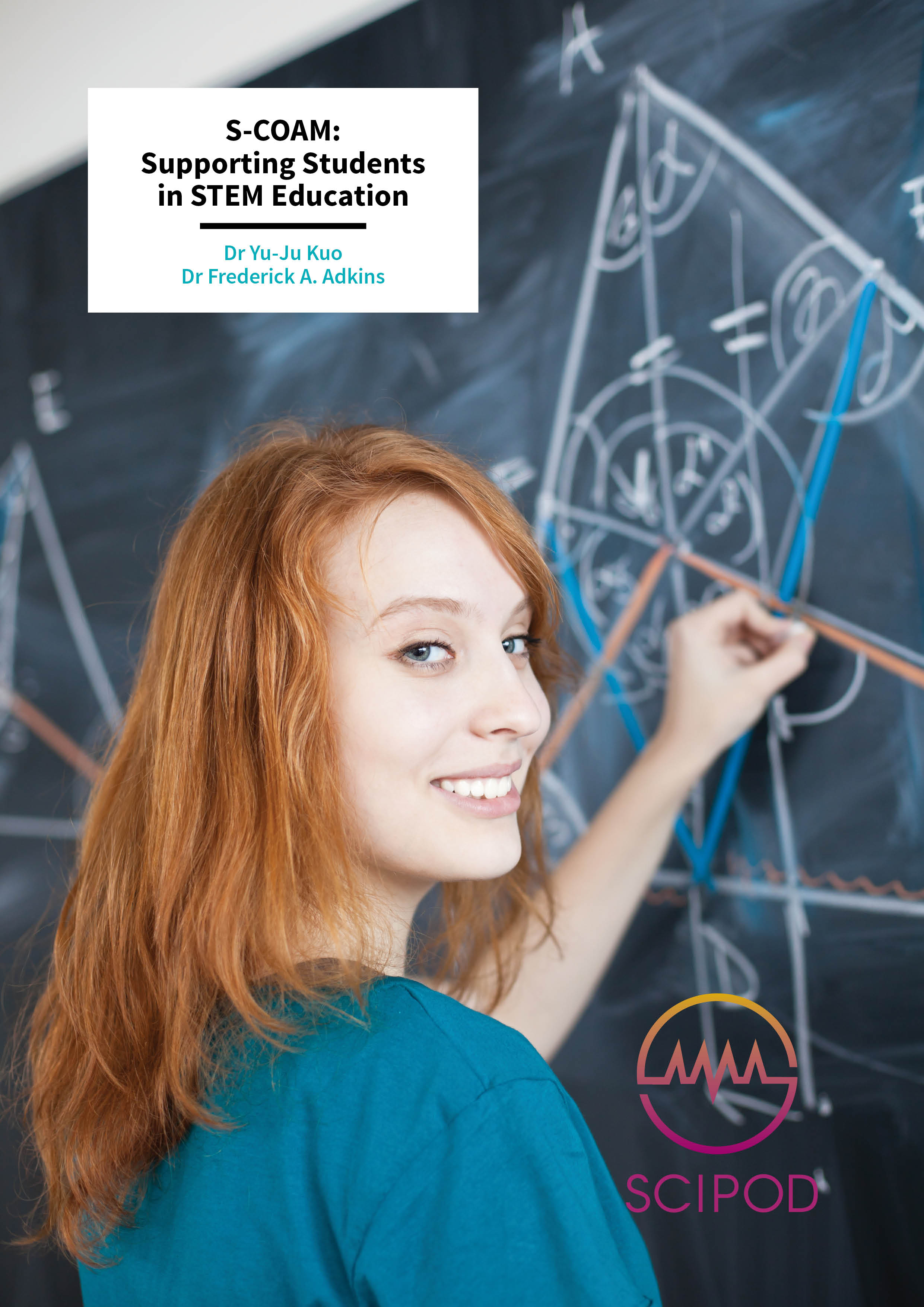
You may also like …
Using Population Genetics to Inform Fisheries and Wildlife Conservation – Drs Eric Hallerman & Jess Jones
Using Population Genetics to Inform Fisheries and Wildlife Conservation – Drs Eric Hallerman & Jess Jones
Conservation can be difficult work on an ever-changing planet, where human activity often runs counter to the needs of endangered species. When budgets and resources are limited, it is critical that conservation plans are designed to be as effective as possible. Dr Eric Hallerman and Dr Jess Jones use population genetics to help conservationists develop management plans that protect the genetic diversity of aquatic organisms while bolstering their populations.
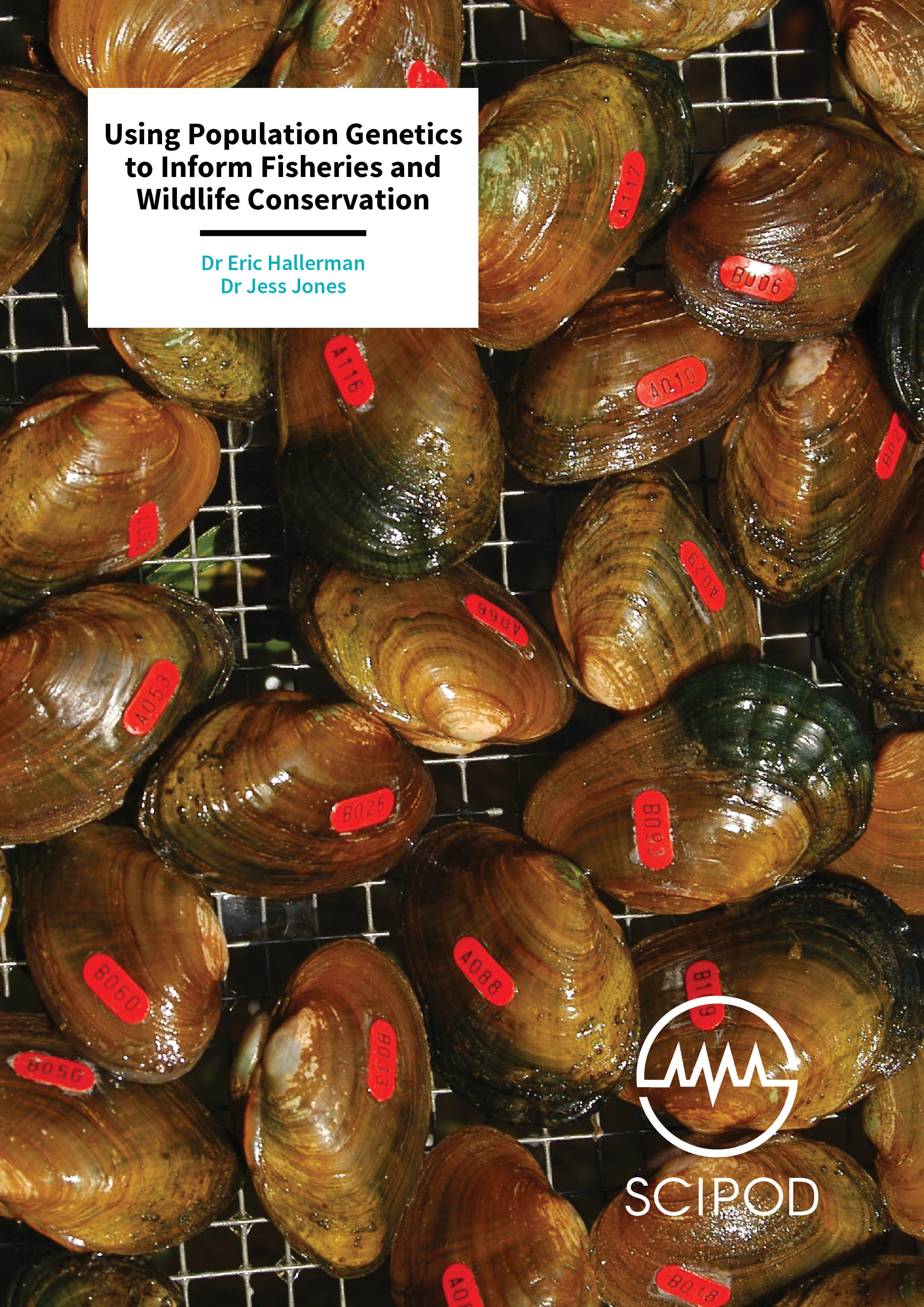
You may also like …
A Greener Future: Leveraging Ecosystem Services in Sustainable Landscape and City Management – Luxembourg Institute of Science and Technology
A Greener Future: Leveraging Ecosystem Services in Sustainable Landscape and City Management – Luxembourg Institute of Science and Technology
As global climate change and other major environmental threats advance, scientists are looking for ways to evaluate sustainable solutions for energy, agriculture and city management. Ecosystem services are benefits provided to humans by nature, and over the past two decades researchers have begun refining ways to assess the value of these services compared to human-made options. Dr Benedetto Rugani and his team are developing novel ways to assess ecosystem services and advance the use of nature-based solutions in urban areas.
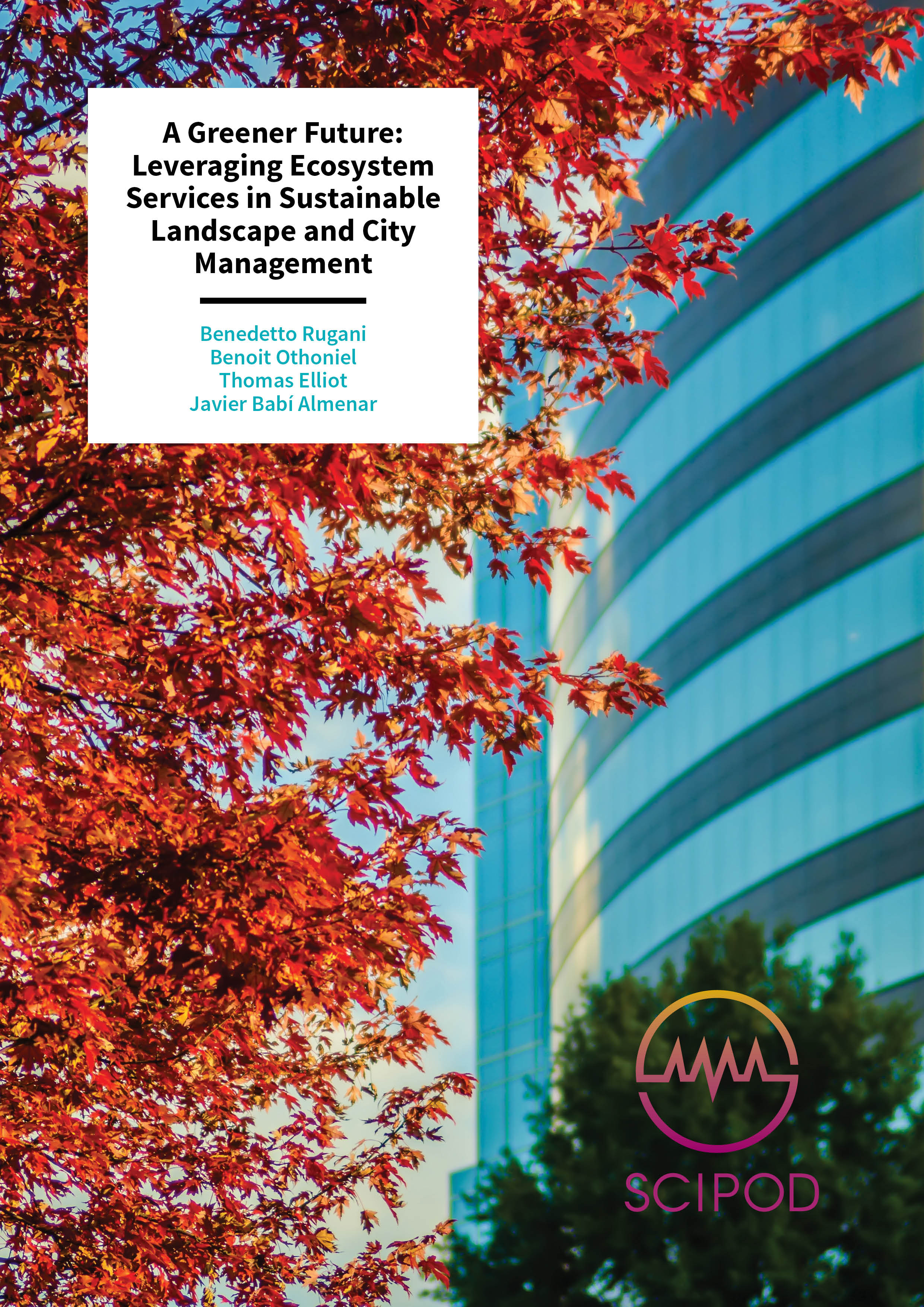
You may also like …
A Bright Family of Quantum Defects – Dr YuHuang Wang, University of Maryland
A Bright Family of Quantum Defects – Dr YuHuang Wang, University of Maryland
Carbon nanotubes are a remarkable material – more conductive than copper and stronger than steel, yet just a billionth of a metre wide. Their application has already proven invaluable across science and engineering, but only recently have scientists looked into expanding their functionality even further as a unique source of light. Dr YuHuang Wang and his research group at the University of Maryland have now synthetically created ‘quantum defects’ in carbon nanotubes that luminesce brightly in the near infrared. This work has opened up opportunities for experiments in fields ranging from biochemistry to quantum physics.
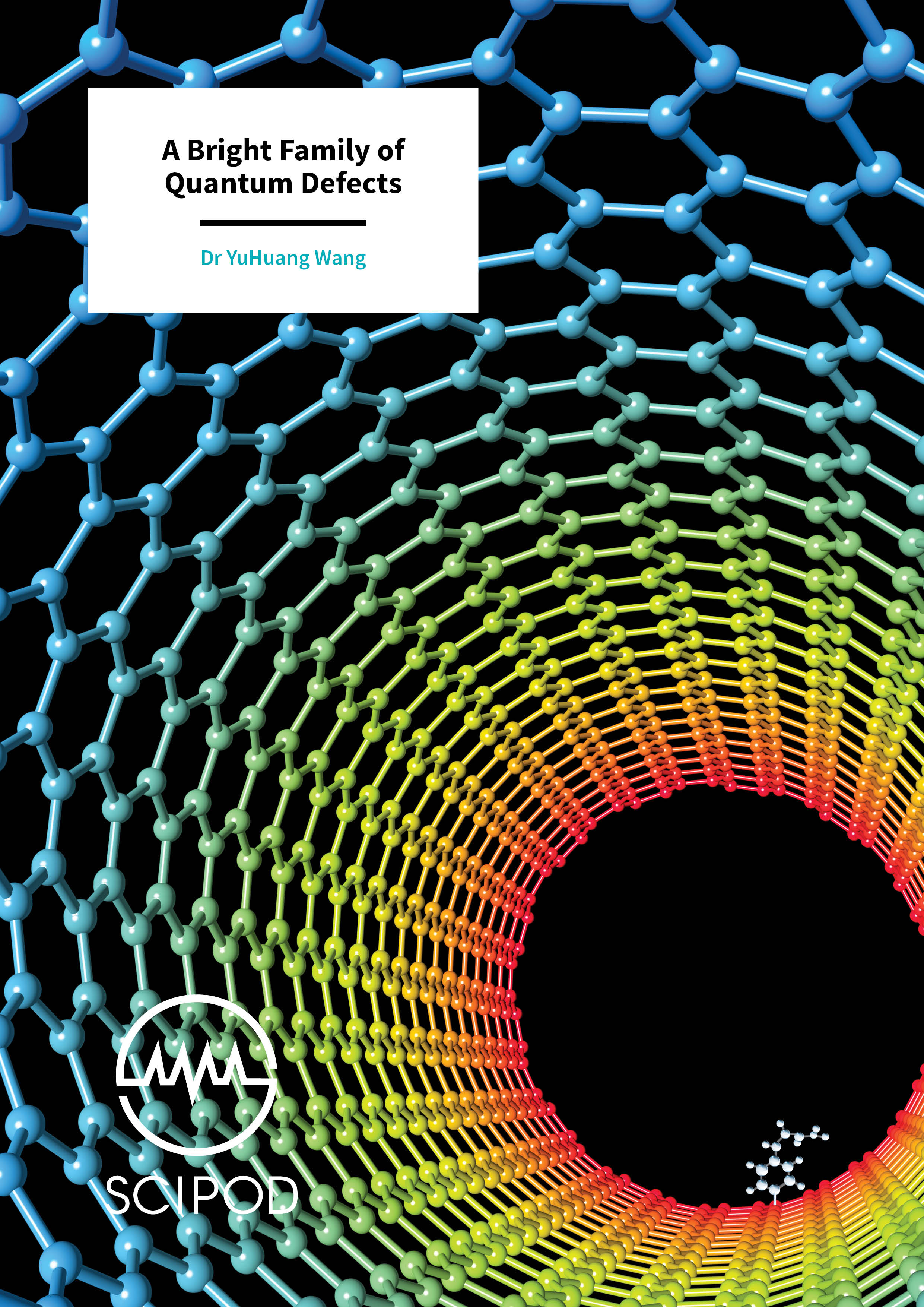
You may also like …
The Dairy Cow Beyond Mass Production – Dr Chad Dechow, Pennsylvania State University
The Dairy Cow Beyond Mass Production – Dr Chad Dechow, Pennsylvania State University
As dairy farmers struggle to make ends meet, economic efficiency often forces the health and wellbeing of cattle to take a back seat. Dr Chad Dechow and his team at Pennsylvania State University have set about tackling this problem, providing a means for producing healthy, fertile cows, without compromising on productivity.
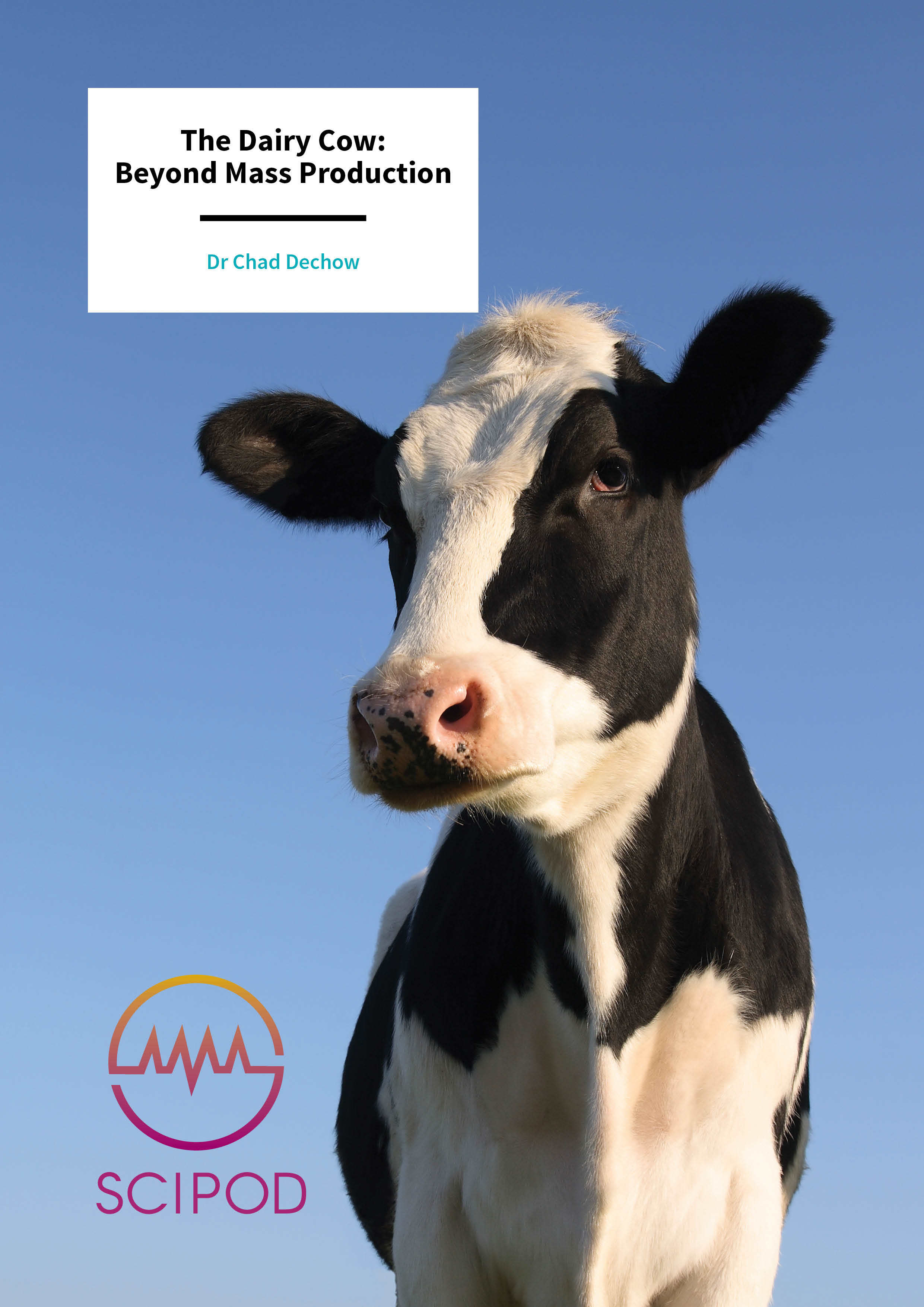
You may also like …
Surrogate Bacteria for Food Safety – Consortium of Food Process Validation Experts
Surrogate Bacteria for Food Safety – Consortium of Food Process Validation Experts
In the wake of a terrible E. coli food poisoning outbreak, a group of food scientists decided to gear their research towards improving the safety of meat and poultry, whilst reaching out to food industry stakeholders and forming a collaboration known as the Consortium of Food Process Validation Experts (CFPVE). As part of this important collaboration, CFPVE scientists are advocating the use of non-pathogenic bacterial substitutes for process validation in processing plant environments.
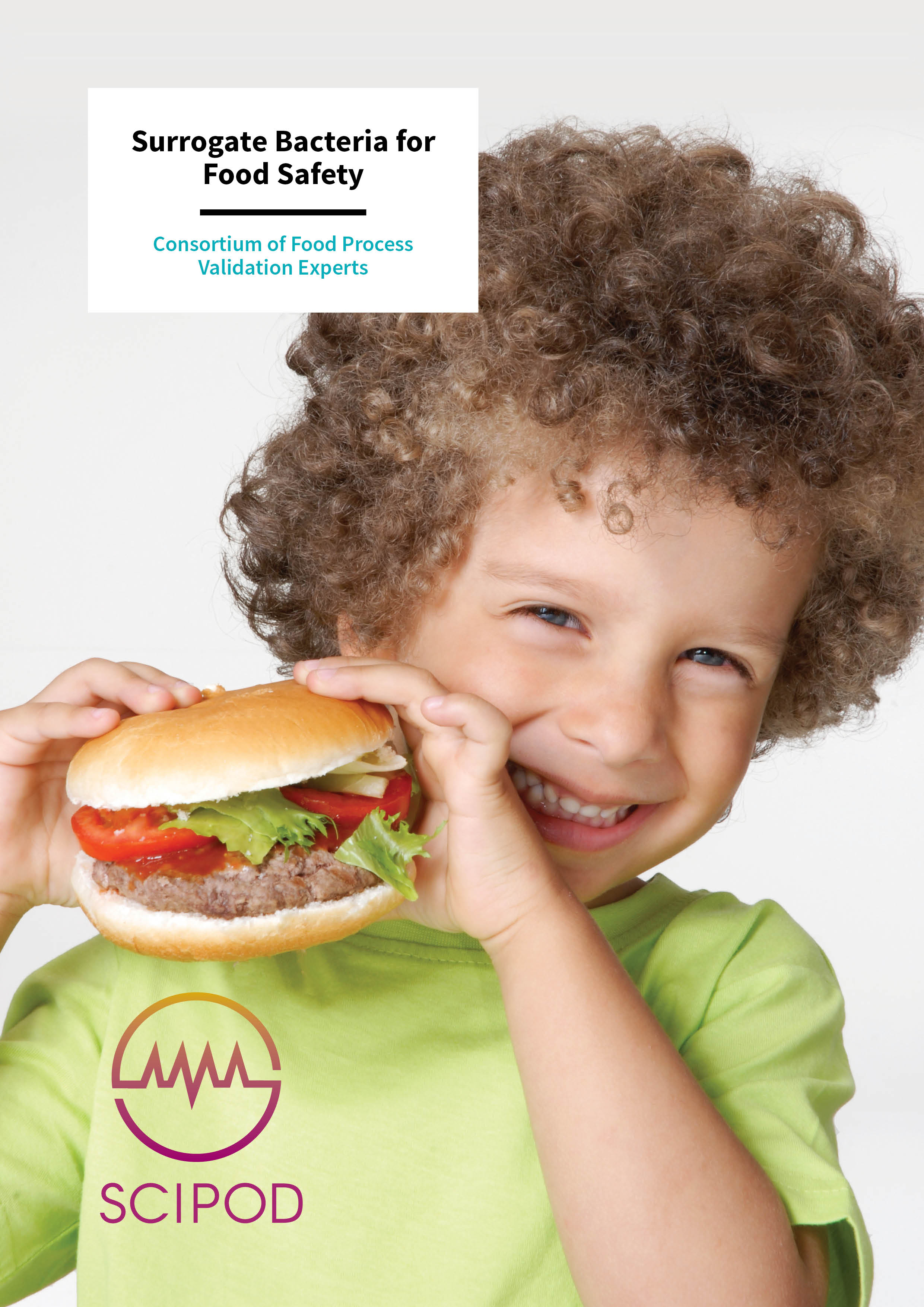
You may also like …
Saving the World through Fertiliser and Fuel – Professors Colin A. Wolden and J. Douglas Way, Colorado School of Mines
Saving the World through Fertiliser and Fuel – Professors Colin A. Wolden and J. Douglas Way, Colorado School of Mines
At the turn of the century, two unassuming chemists collaborated on the seemingly mundane task of converting nitrogen and hydrogen into ammonia. At the end of their collaboration, they had changed the course of our civilisation forever. At the Colorado School of Mines, a new collaboration has taken place in chemical and biological engineering, between Professor Colin Wolden and Professor Douglas Way. The result is an alternative approach to creating ammonia – and it may well be just as important as its predecessor.
[lbg_audio2_html5 settings_id=’78’]
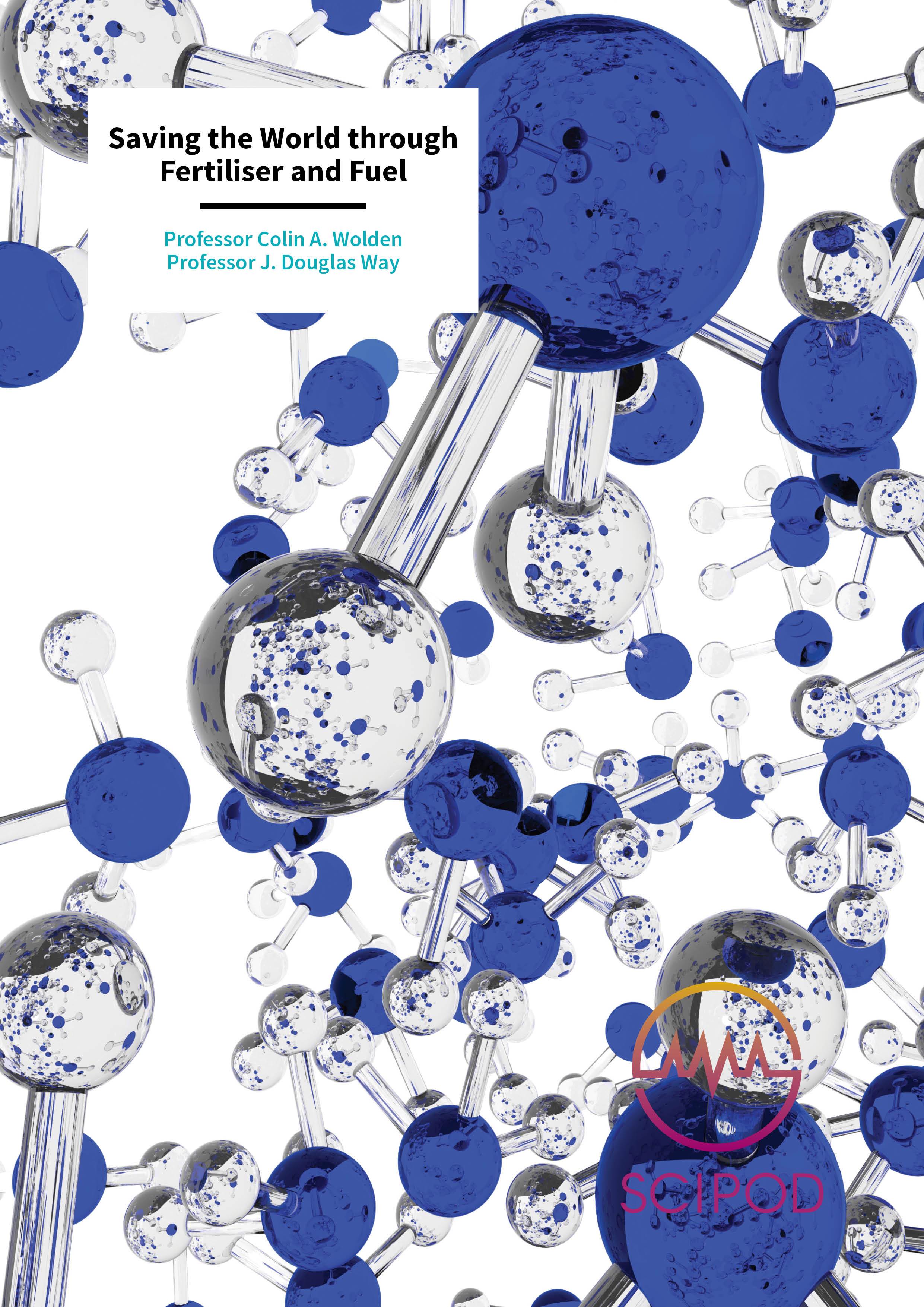
You may also like …
Supporting Children with Challenging Behaviours – Dr Andy Frey, University of Louisville
Supporting Children with Challenging Behaviours – Dr Andy Frey, University of Louisville
Children with disruptive behaviours require intensive support in school. Dr Andy Frey, professor at the University of Louisville, has been developing and evaluating interventions that could help these children to begin their school years positively and successfully. The First Step Next and homeBase intervention programs involve a collaboration between parents and teachers to support children with problematic behavioural patterns achieve their potential.
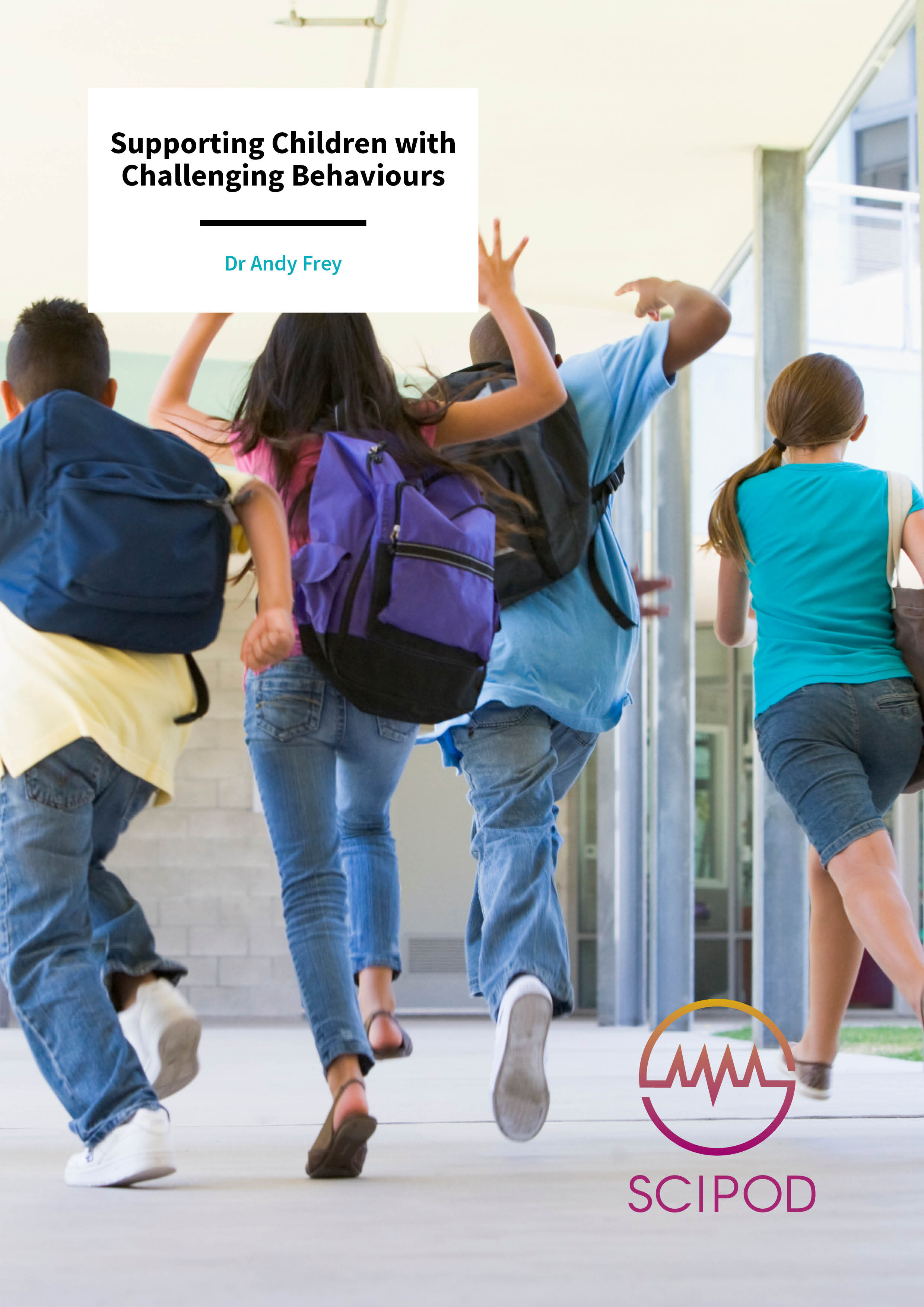
You may also like …
A Three-Dimensional Model of Lung Cancer – Dr Samantha Meenach, University of Rhode Island
A Three-Dimensional Model of Lung Cancer – Dr Samantha Meenach, University of Rhode Island
New and successful drug development for the treatment of lung cancer requires imaginative and creative thinking by scientists and doctors alike. Dr Samantha Meenach and her colleagues at the University of Rhode Island have developed an innovative approach for testing new anti-cancer drugs before they reach the stage of human trials.
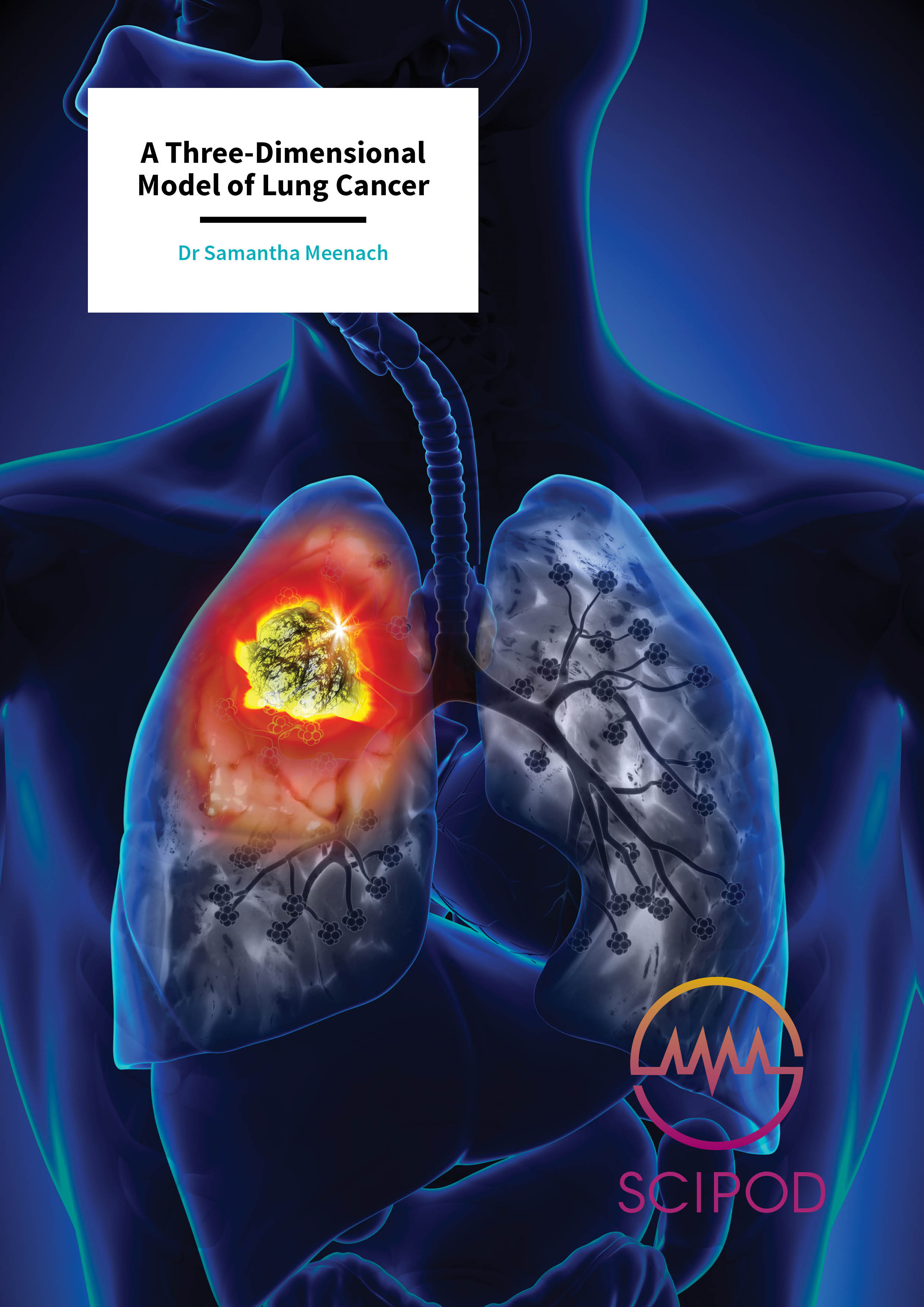
You may also like …
Circles of Hope: Circular Buffer Strip Schemes for Agriculture – Dr Sangamesh Angadi, New Mexico State University
Circles of Hope: Circular Buffer Strip Schemes for Agriculture – Dr Sangamesh Angadi, New Mexico State University
Agriculture in the semi-arid US Southern Great Plains depends on irrigation water from the Ogallala Aquifer, the largest in the country. With the aquifer in decline, new ideas will be needed to ensure the future of irrigated agriculture in the region. Dr Sangamesh Angadi and his colleagues at New Mexico State University have come up with a simple, cost-effective system of interspersing crops in circular pivot fields with rings of native grasses, to buffer against the effects of damaging winds, improve water cycle, reduce soil erosion, and improve ecosystem services.
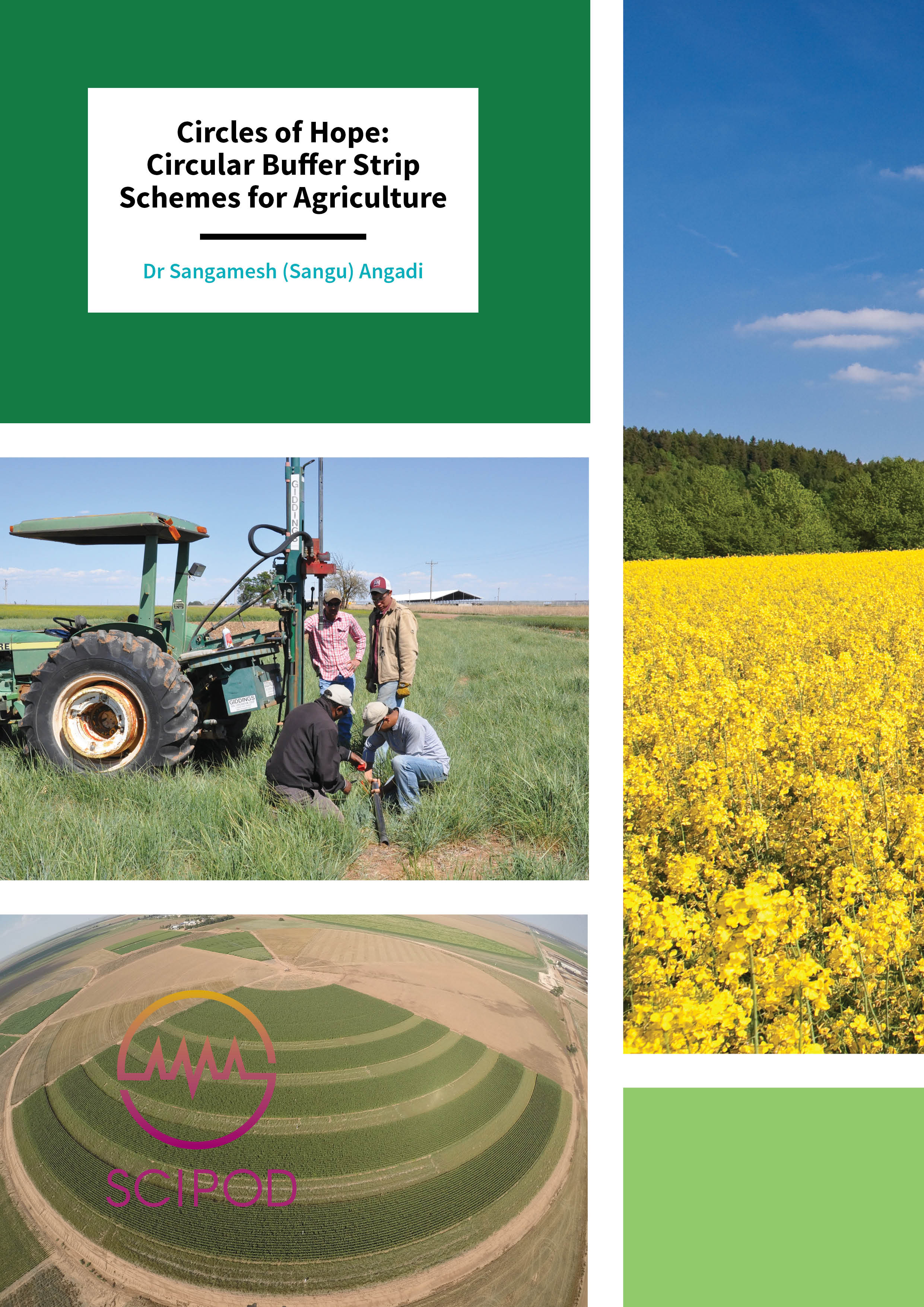
You may also like …
Frozen in Time: The Permafrost Microbiome – Professor Rachel Mackelprang, California State University, Northridge
Frozen in Time: The Permafrost Microbiome – Professor Rachel Mackelprang, California State University, Northridge
Deep within the permafrost, viable microbial communities persist, buried for millennia. With the permafrost rapidly thawing due to global warming, these microbes are becoming more active, feeding on previously frozen organic matter and ‘breathing’ out greenhouse gases, further exacerbating climate change. Professor Rachel Mackelprang of California State University is studying the significance of these little-understood microbes. Funded by NASA, her team is also investigating how these hardy microbes adapt and survive as an analogue of how extra-terrestrial life may survive in sub-zero space environments.
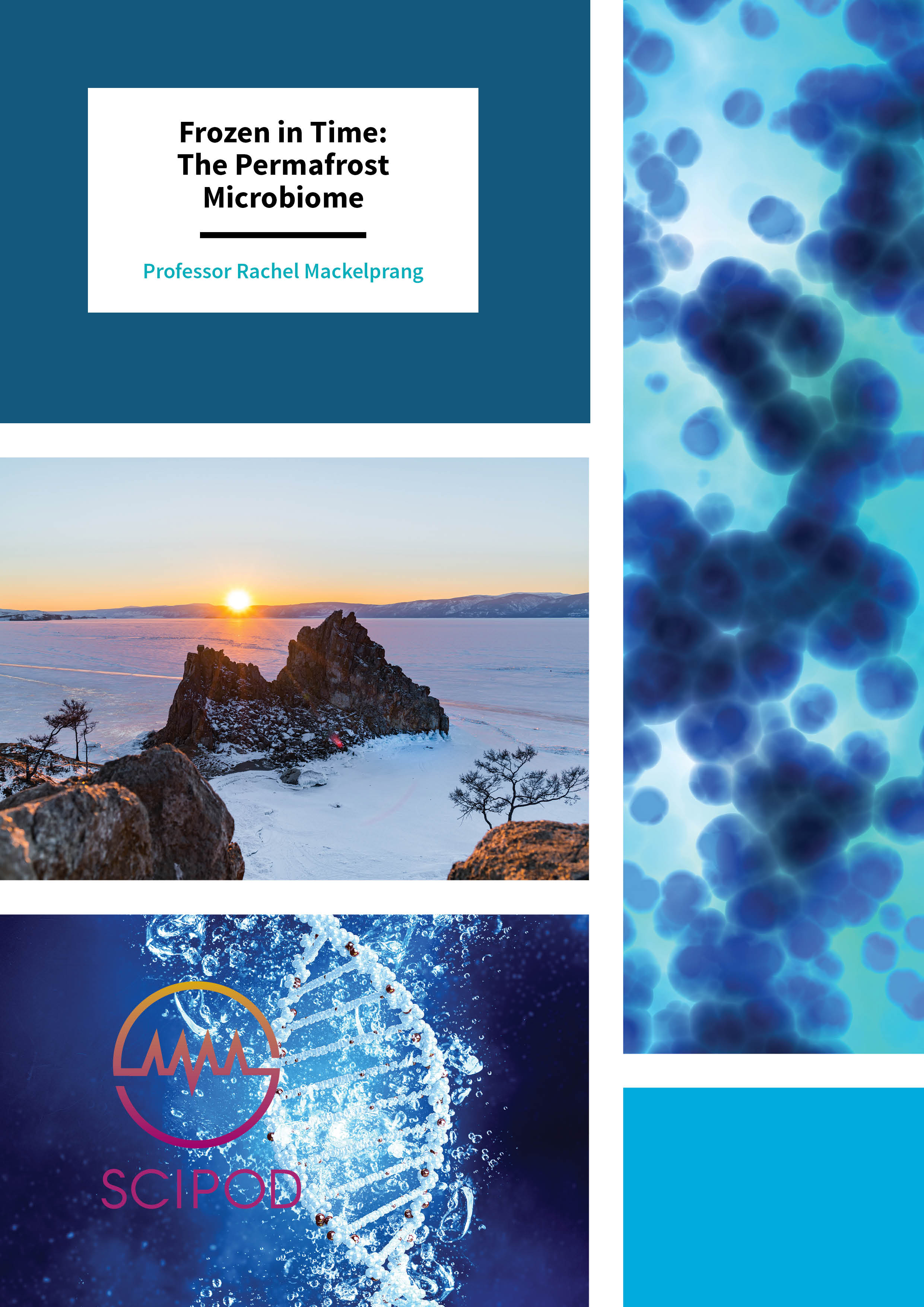
You may also like …
Roadmap for Success: Increasing Diversity in the Biological Sciences – Dr Fern Tsien, Louisiana State University Health Sciences Center
Roadmap for Success: Increasing Diversity in the Biological Sciences – Dr Fern Tsien, Louisiana State University Health Sciences Center
Historically, there has been a disparity between the demographics found in the broader population and in academia. Women and many minority groups are underrepresented in science careers. Dr Fern Tsien at Louisiana State University is directing educational programs in the New Orleans area aimed at improving this disparity, supporting underrepresented groups throughout their education, from elementary school through to post-graduate training.
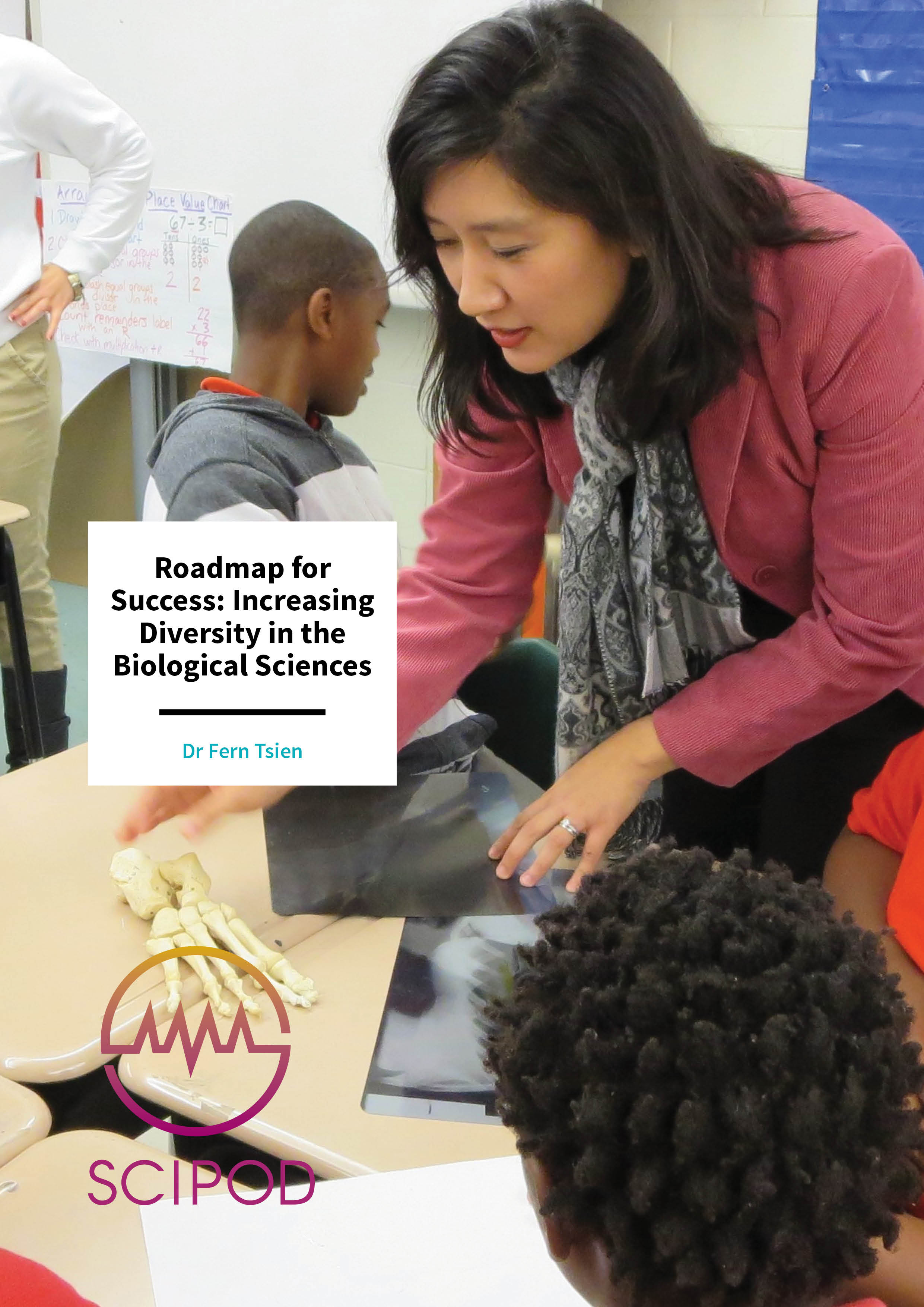
You may also like …
Big Student Experiences in Nanotechnology – Drs Andrea Holmes and Christina Wilson, Doane University
Big Student Experiences in Nanotechnology – Drs Andrea Holmes and Christina Wilson, Doane University
Nanotechnology is poised to be one of the most critical technologies of the near future, yet exposure to nanotechnology techniques is limited for many college students. Dr. Andrea Holmes and Dr. Christina Wilson of Doane University in Crete, Nebraska, are partnering with the Karlsruhe Institute of Technology in Karlsruhe, Germany, to provide students with unparalleled experiences in nanotechnology research for biomedical applications.
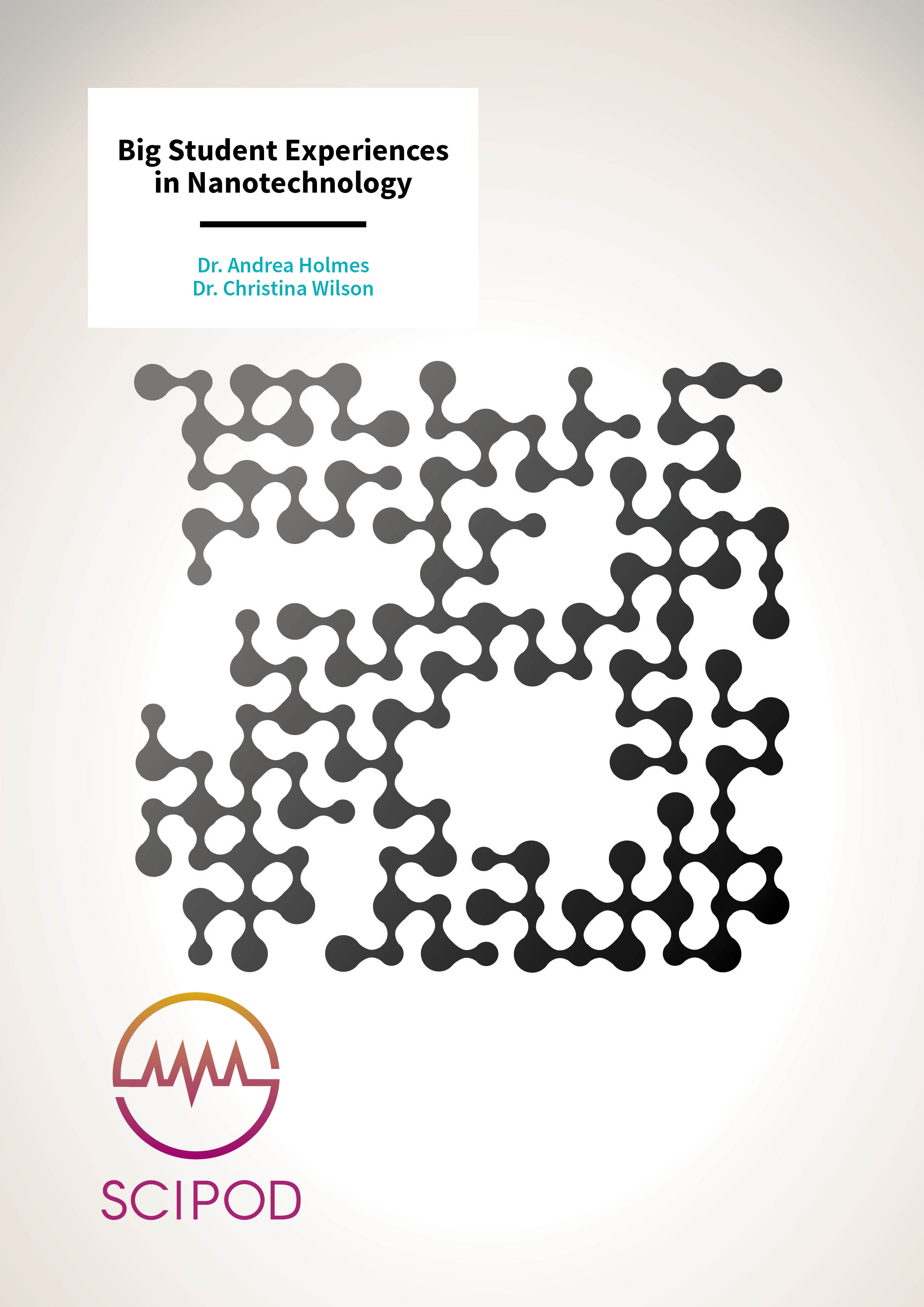
You may also like …
The Modern Blanket Toss, Expanding Horizons in Alaska – Dr John D Monahan, University of Alaska
The Modern Blanket Toss, Expanding Horizons in Alaska – Dr John D Monahan, University of Alaska
The Modern Blanket Toss program offers students attending high school in Alaska, the chance to engage in a series of learning activities using drones – focusing on the wellbeing of local communities. Dr John Monahan of the University of Alaska Fairbanks describes efforts to engage underserved students in the STEM curriculum, leadership activities, and community building so they can pursue post-secondary studies and careers in science.
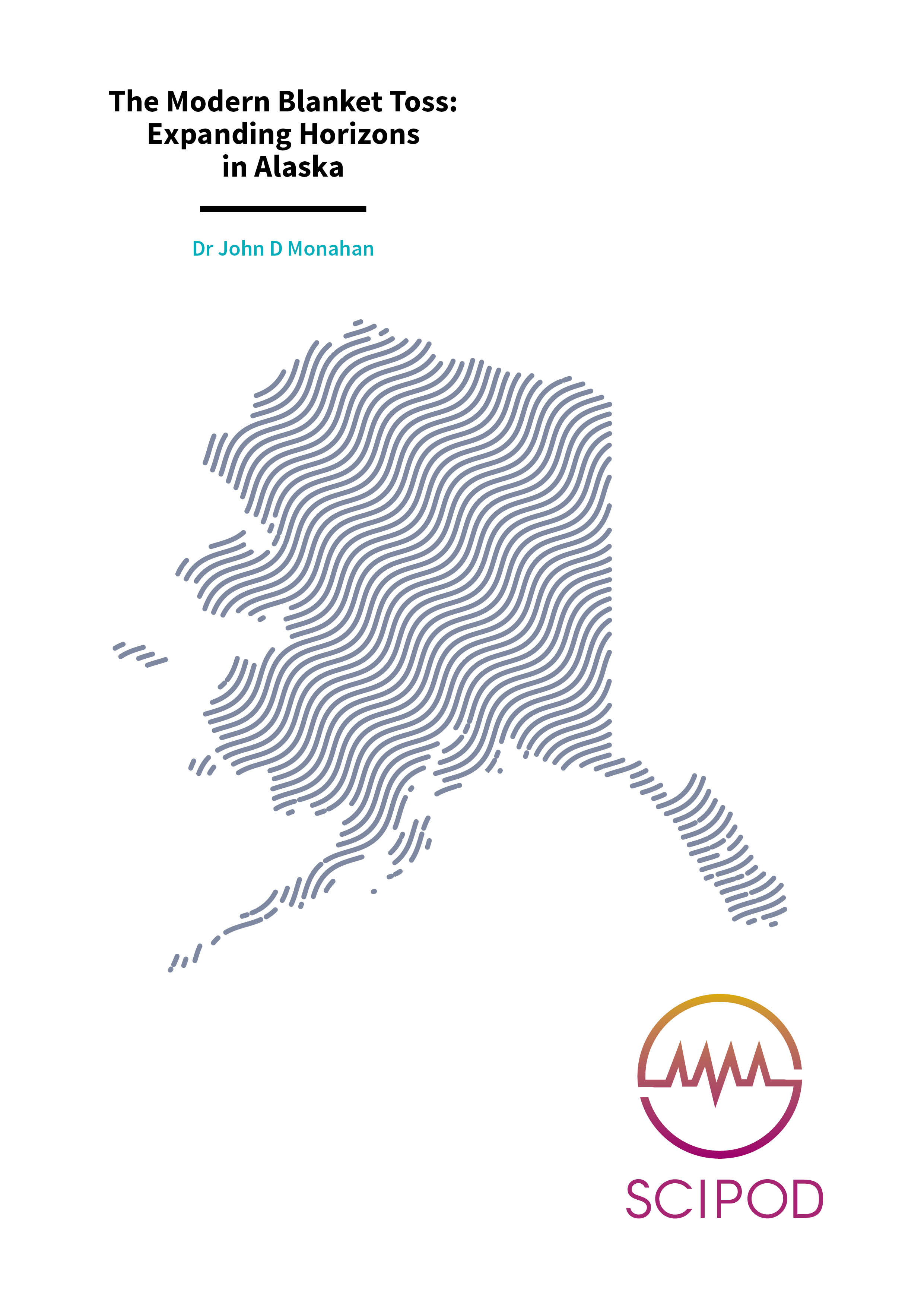
You may also like …
Software for Realistic Simulations of Quantum Systems – Professor Hans De Raedt, University of Groningen
Software for Realistic Simulations of Quantum Systems – Professor Hans De Raedt, University of Groningen
The potential capabilities of universal quantum computers have many of us excited, but there’s one problem – we aren’t close to building complex, functional quantum computers just yet. In the meantime, scientists need to test the capabilities of quantum computing using simulations on conventional computers, which requires enormous amounts of computing power. However, over the last decade, Professor Hans De Raedt at the University of Groningen and his collaborators have been working on a piece of software that has already greatly improved these simulations.
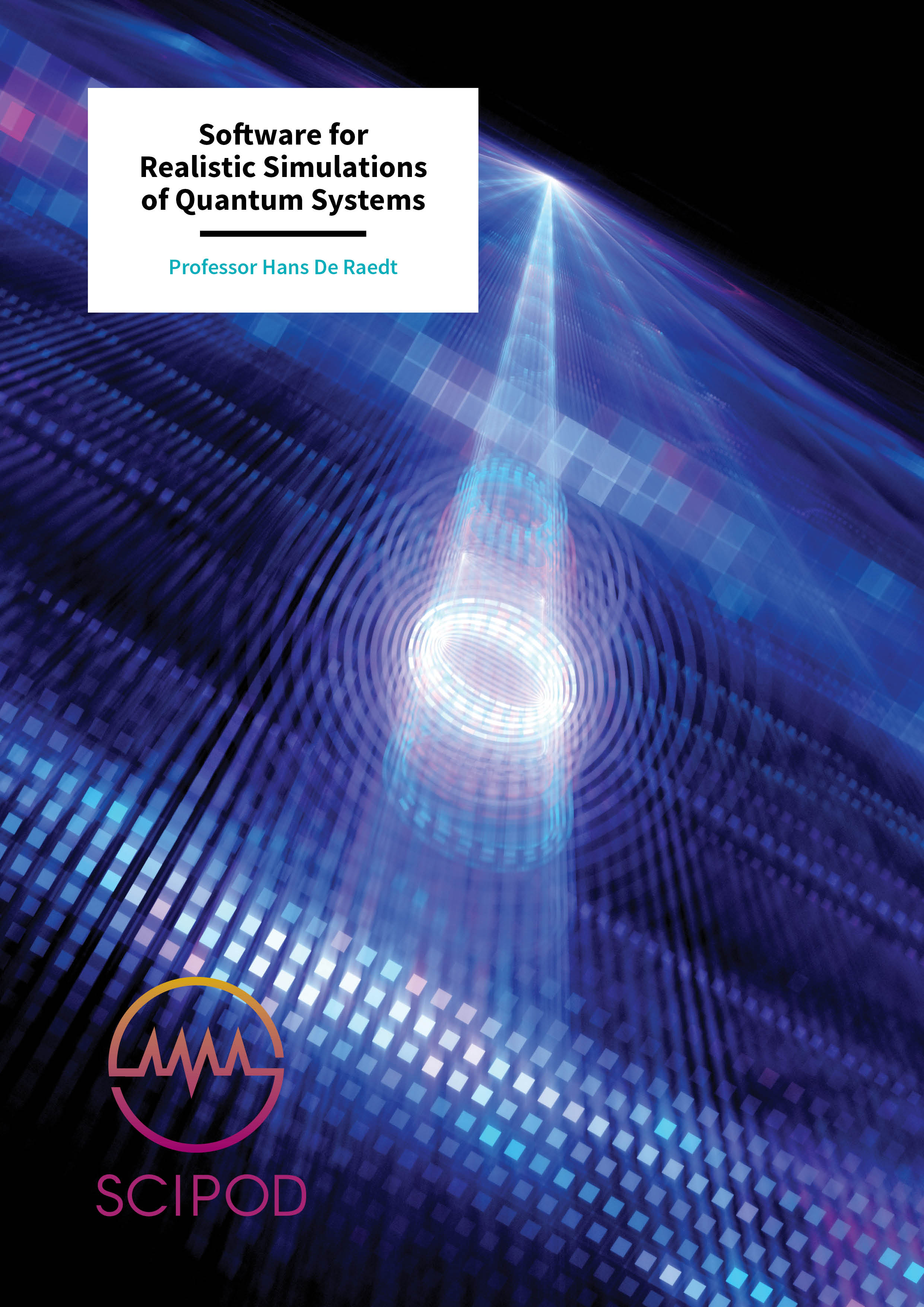
You may also like …
Working in Space The Challenge for Mars and Beyond – Karen Feigh, Matthew J. Miller and Cameron Pittman
Working in Space The Challenge for Mars and Beyond – Karen Feigh, Matthew J. Miller and Cameron Pittman
Professor Karen Feigh and Dr Matthew Miller from the Georgia Institute of Technology examine what support will be required when astronauts need to work outside in deep space, where communication with Earth takes tens of minutes. Software engineer, Cameron Pittman, also joined the team to help develop functional prototypes so they can be tested in the lab and beyond.
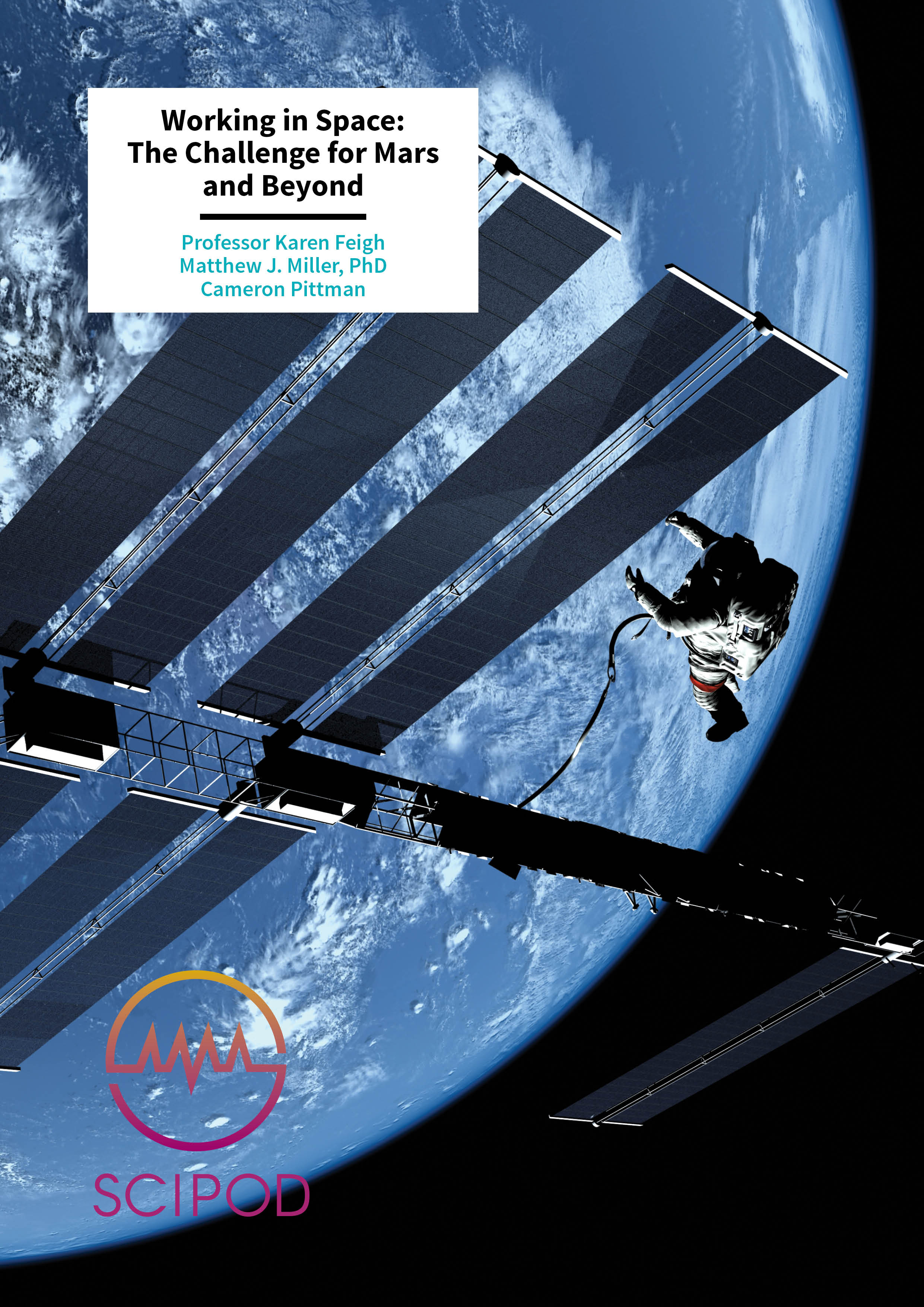
You may also like …
Sustaining Industry into the Future – Professor Vladimir Strezov, Macquarie University
Sustaining Industry into the Future – Professor Vladimir Strezov, Macquarie University
It is becoming increasingly critical to accurately assess our methods for producing energy, so that we can prosper without continuing to damage our planet’s delicate environment. Professor Vladimir Strezov and his team at Macquarie University are uncovering the realities of industrial processes so that their economic worth and environmental impact can be kept in sustainable balance.
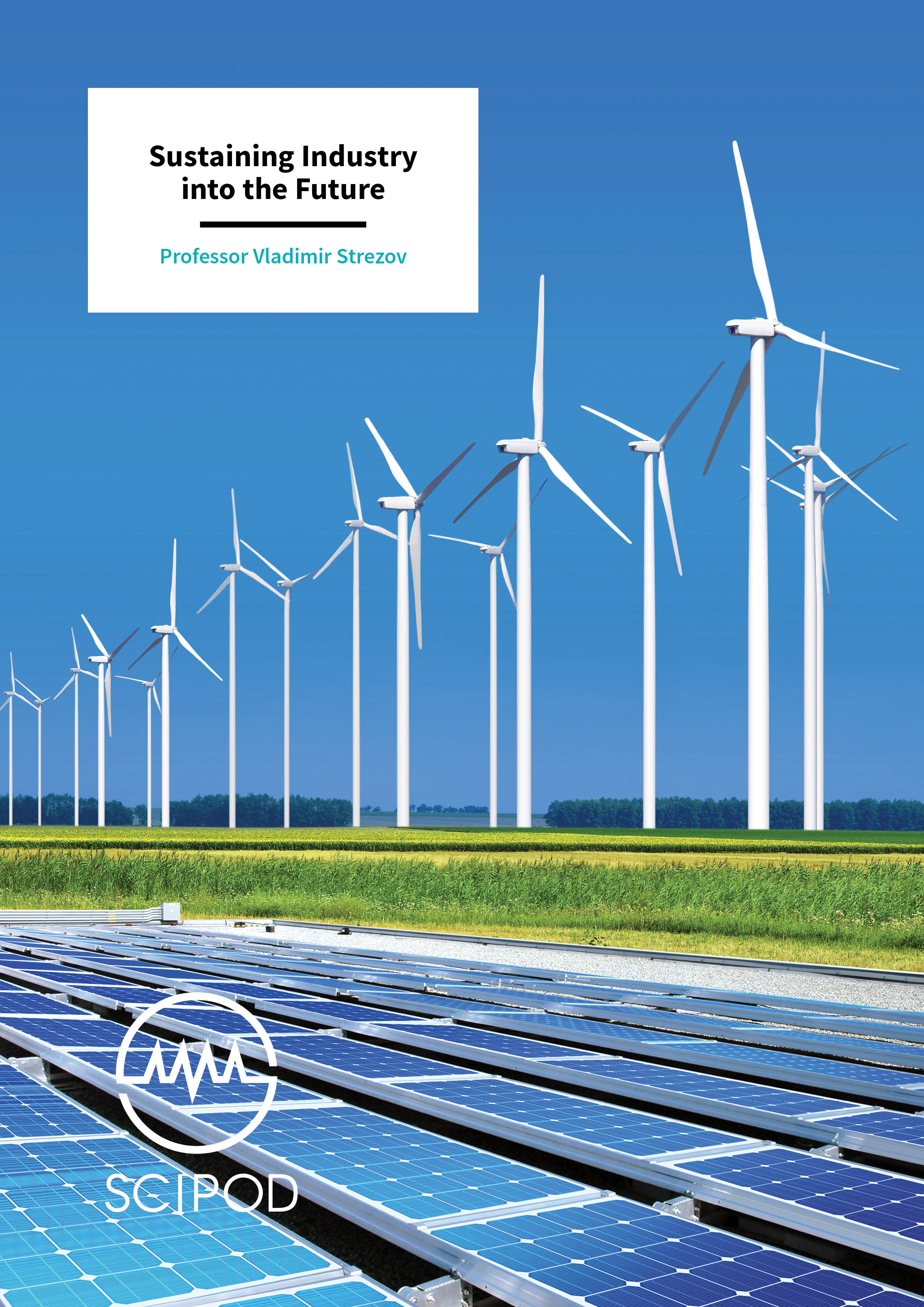
You may also like …
Teaching a Computer to Sing – Jesse M. Heines and Daniel A. Walzer
Teaching a Computer to Sing – Jesse M. Heines and Daniel A. Walzer
As technology permeates more and more aspects of our daily lives, computer literacy and computer programming skills are more valuable than ever in the workplace. Professors Jesse Heines and Daniel Walzer of the University of Massachusetts Lowell are working at the intersection of music and technology to engage middle school students in learning computer programming by ‘Teaching a Computer to Sing’.
[lbg_audio2_html5 settings_id=’64’]
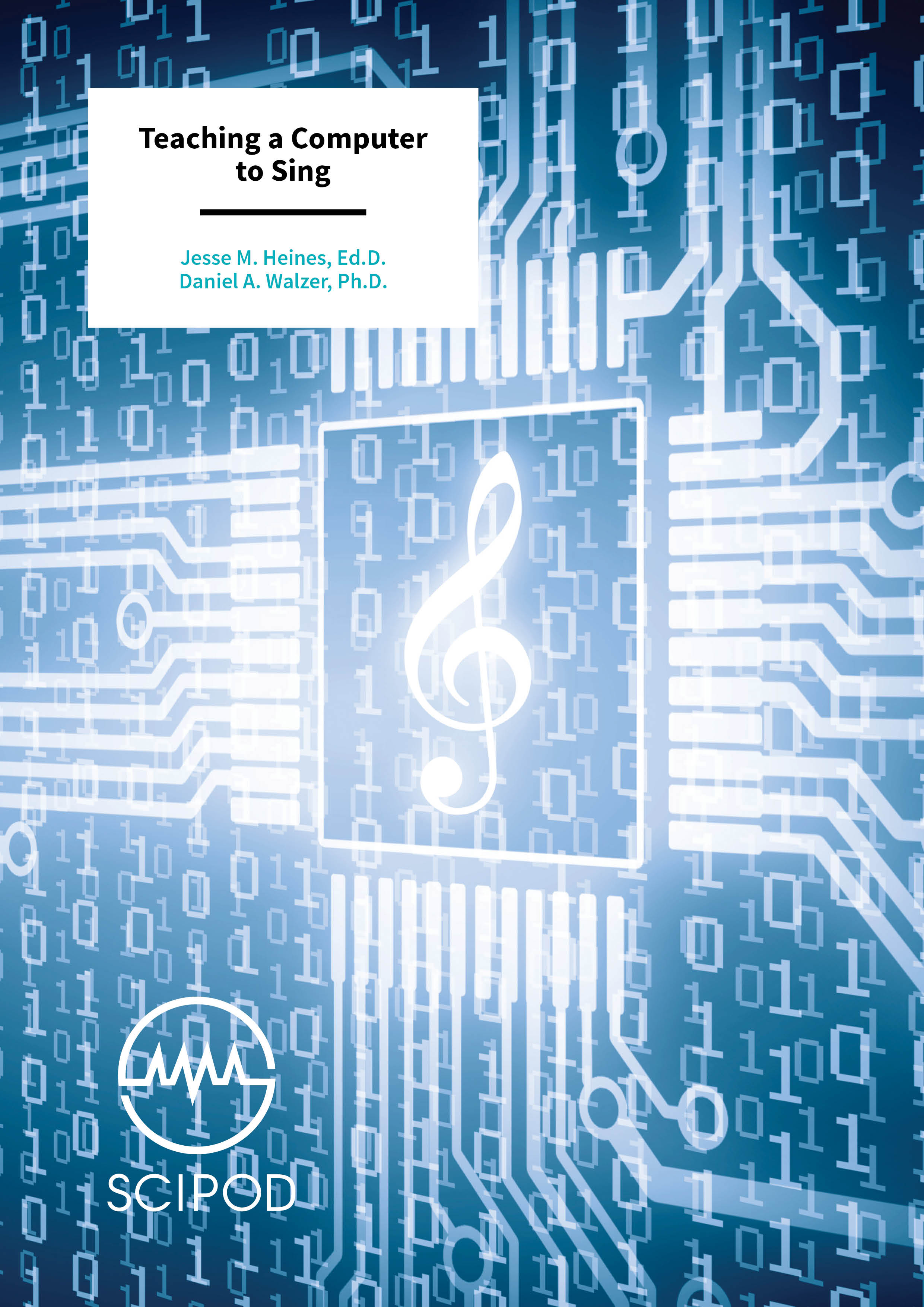
You may also like …
Illuminating the Causes Behind Muscle Problems in Poultry – Dr Macdonald Wick, The Ohio State University
Illuminating the Causes Behind Muscle Problems in Poultry – Dr Macdonald Wick, The Ohio State University
Muscle defects and non-infectious anomalies in commercial poultry are increasing in prevalence – with implications for bird welfare, meat quality and economic value. Dr Macdonald Wick and his team at Ohio State University are attempting to elucidate the biological mechanisms underlying these defects – as well as their genetic and environmental basis.
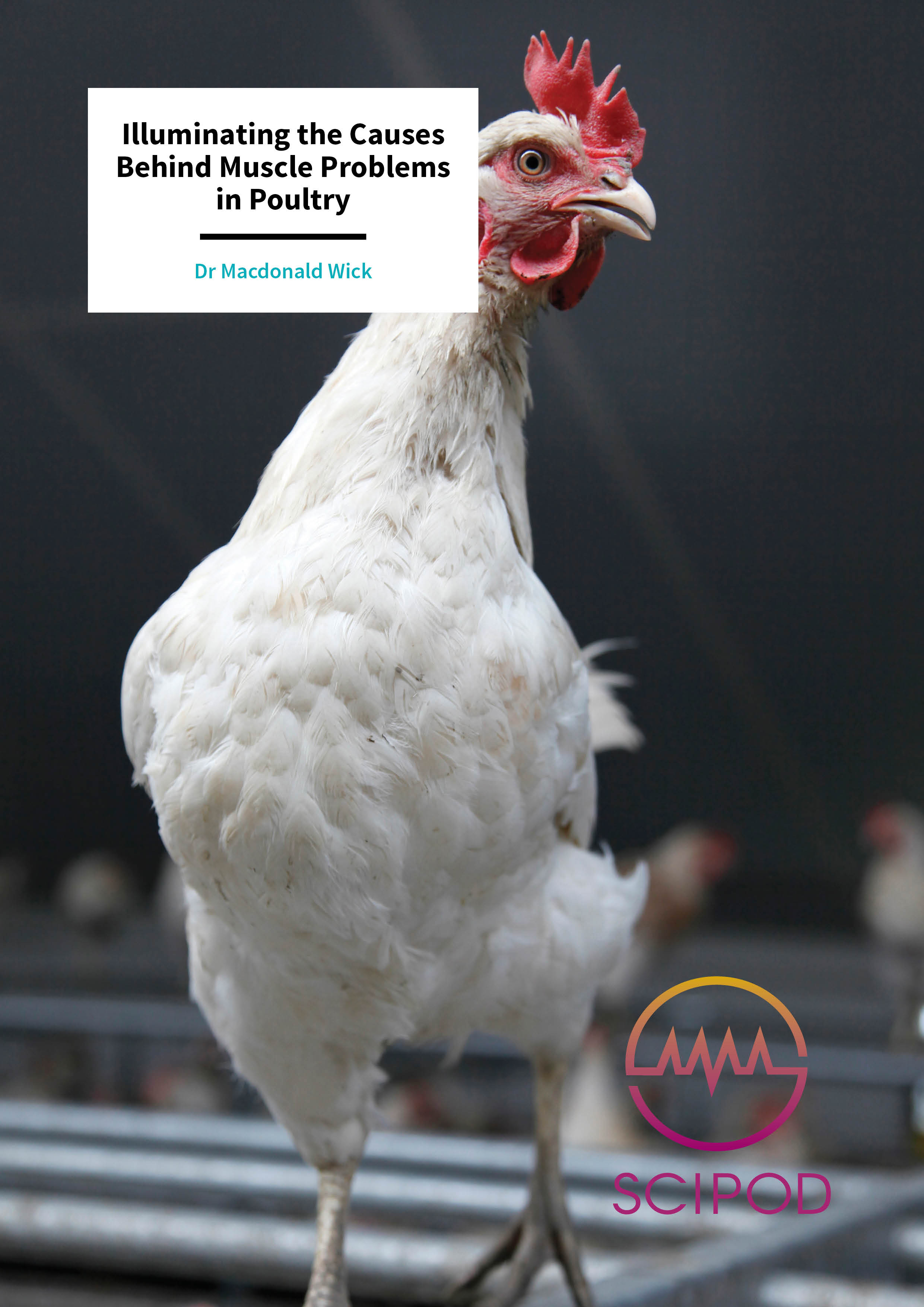
You may also like …
Cuckoo Search Using Evolutionary Algorithms to Optimise Materials – Dr Ganesh Balasubramanian, Lehigh University
Cuckoo Search Using Evolutionary Algorithms to Optimise Materials – Dr Ganesh Balasubramanian, Lehigh University
From the metal in our cars to the circuits in our phones, the materials we use in our everyday lives can be meticulously engineered on a molecular scale to suit our requirements. However, there are so many possible arrangements of atoms and molecules at this scale that it is incredibly difficult for scientists to engineer materials optimised for the tasks they are designed to perform. Dr Ganesh Balasubramanian and his team at Lehigh University are working on solving this problem with help from an unlikely source of inspiration – the female cuckoo bird.
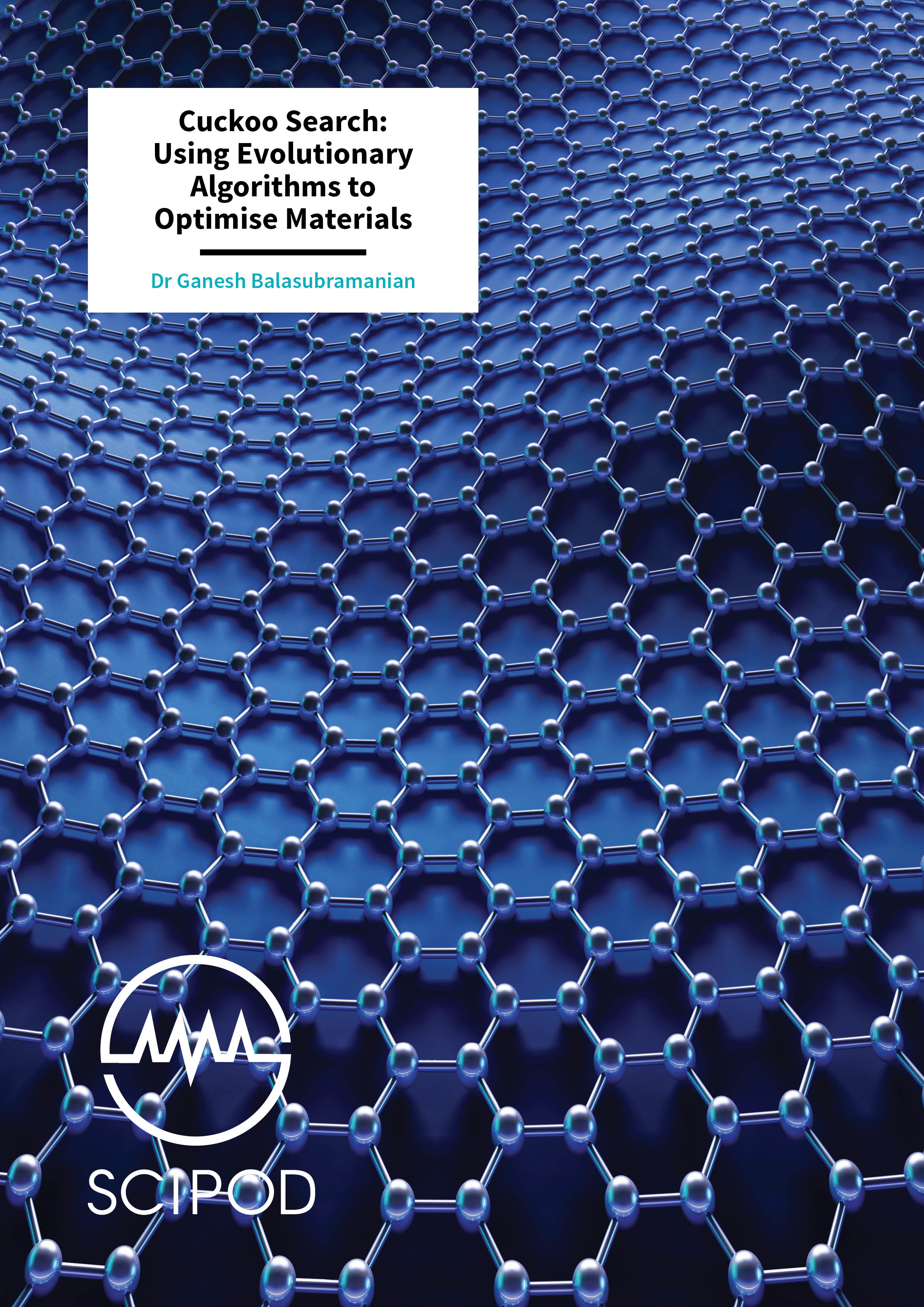
You may also like …
The Coolest Job on Earth Exploring Ultracold Chemical Reactions – Dr Timur Tscherbul, University of Nevada, Reno
The Coolest Job on Earth Exploring Ultracold Chemical Reactions – Dr Timur Tscherbul, University of Nevada, Reno
Algorithms are everywhere. From the targeted ads that flood your Facebook feed, to the split-second decision making of self-driving cars, they can be surprisingly simple or considerably complicated. At the University of Nevada, Dr Tscherbul and his research team are using algorithms to further our understanding of the exciting field of ultracold molecular dynamics. Their work is challenging the 100-year-old conventional wisdom surrounding chemical reactions.
[lbg_audio2_html5 settings_id=’61’]
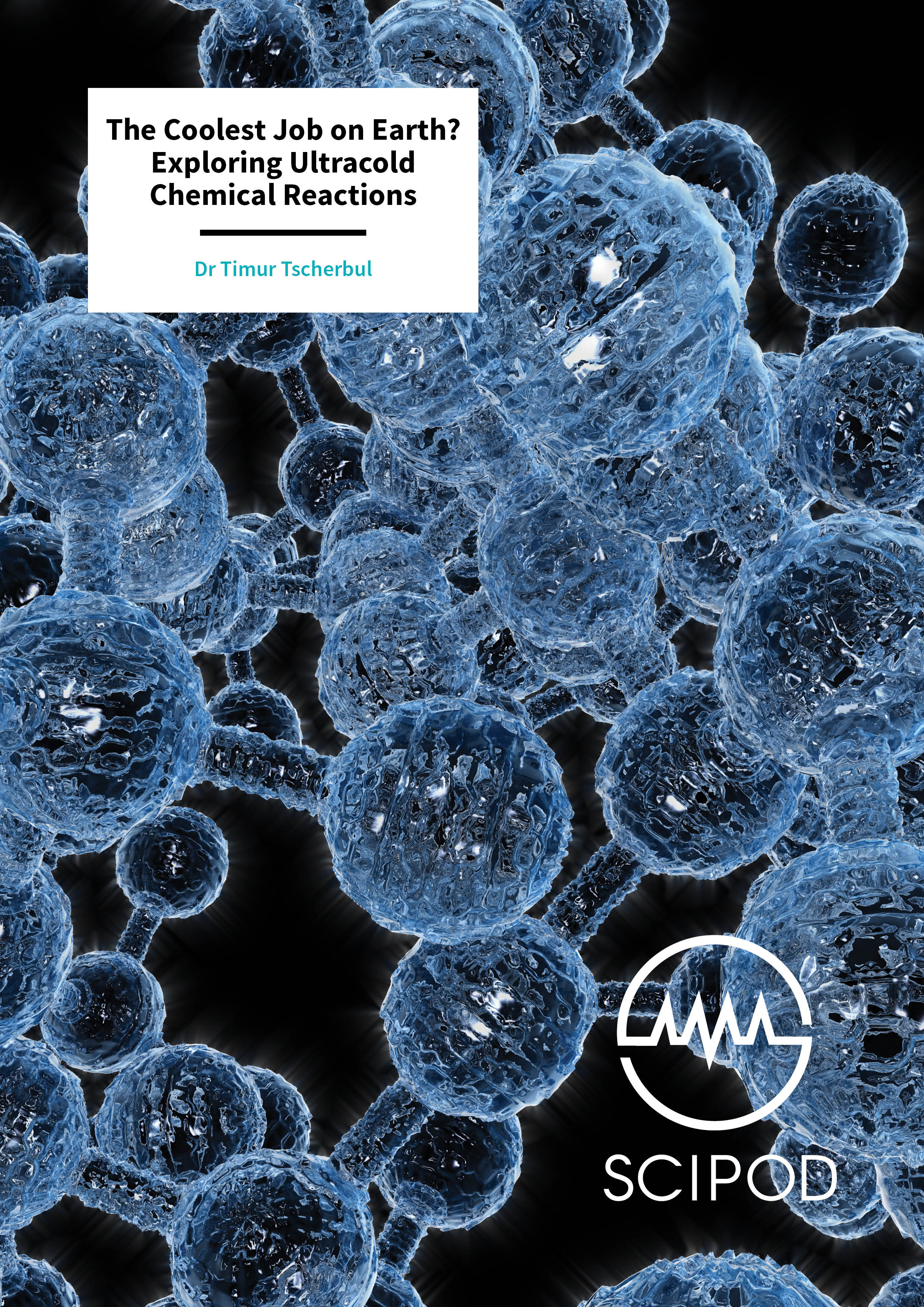
In Pursuit of Wild Game Investigating People’s Perceptions of Hunting – Drs Shawn J. Riley and Göran Ericsson
In Pursuit of Wild Game Investigating People’s Perceptions of Hunting – Drs Shawn J. Riley and Göran Ericsson
Hunting is among the most ancient of human activities, and still plays a major role in obtaining food for many people worldwide. Dr Shawn Riley and Dr Göran Ericsson work to understand the volume and distribution of wild-harvested meat, how this meat moves through society, and the effects of sharing the harvest on people’s perspective toward traditional uses of wildlife such as hunting. They also investigate the factors that influence people’s perception of hunting, and how hunters distribute their yields in different situations.
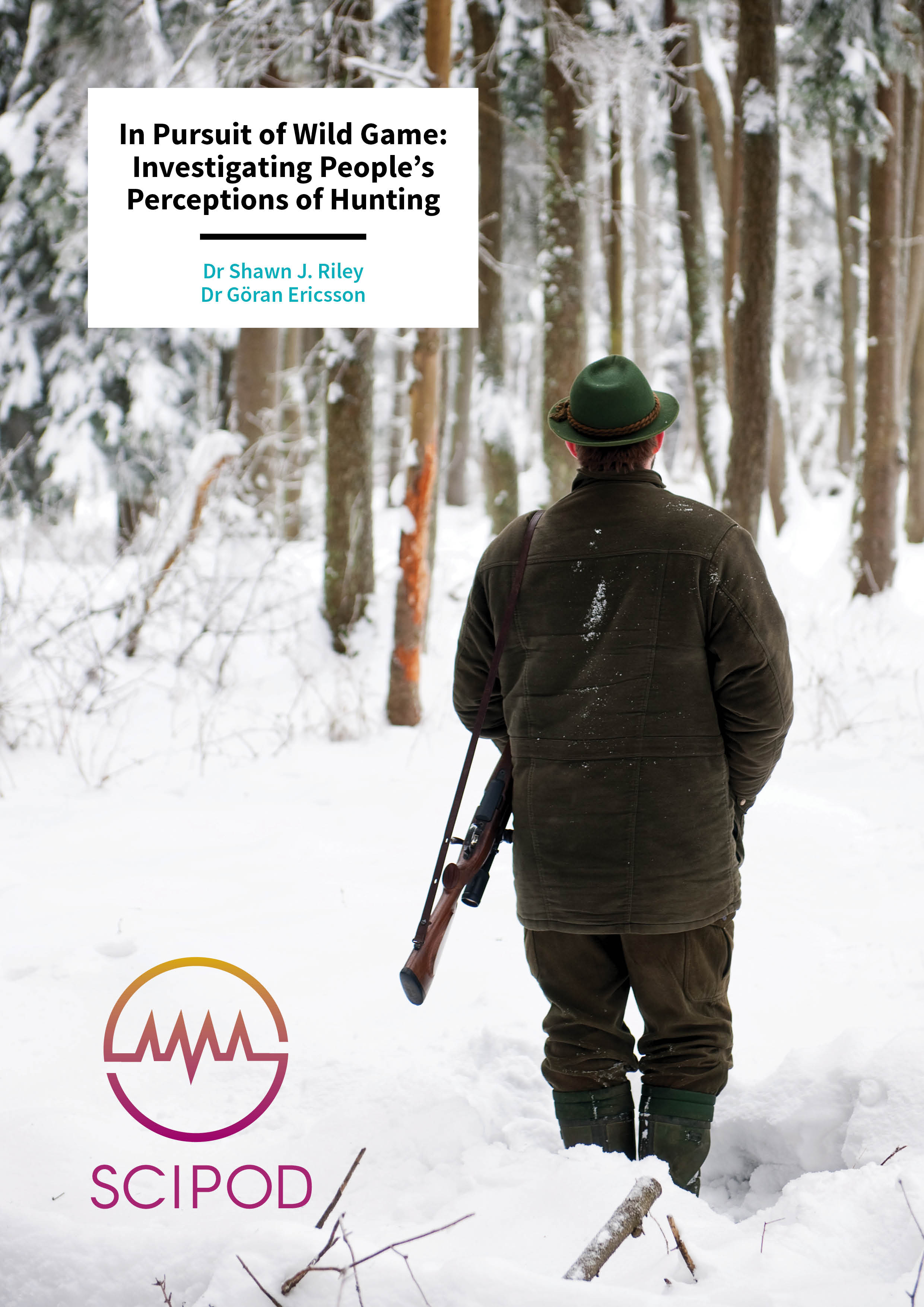
You may also like …
Transforming Big Data into Meaningful Insights Introducing Quantitative Ethnography – Professor David Williamson Shaffer, University of Wisconsin-Madison
Transforming Big Data into Meaningful Insights Introducing Quantitative Ethnography – Professor David Williamson Shaffer, University of Wisconsin-Madison
In the information age, humans produce data at an extraordinary rate, offering social scientists an opportunity to study our behaviour in a manner unprecedented in human history. In his new book Quantitative Ethnography, learning scientist Professor David Williamson Shaffer at the University of Wisconsin-Madison describes a novel theory and set of techniques for merging quantitative and qualitative analyses to discover meaningful patterns in big data.
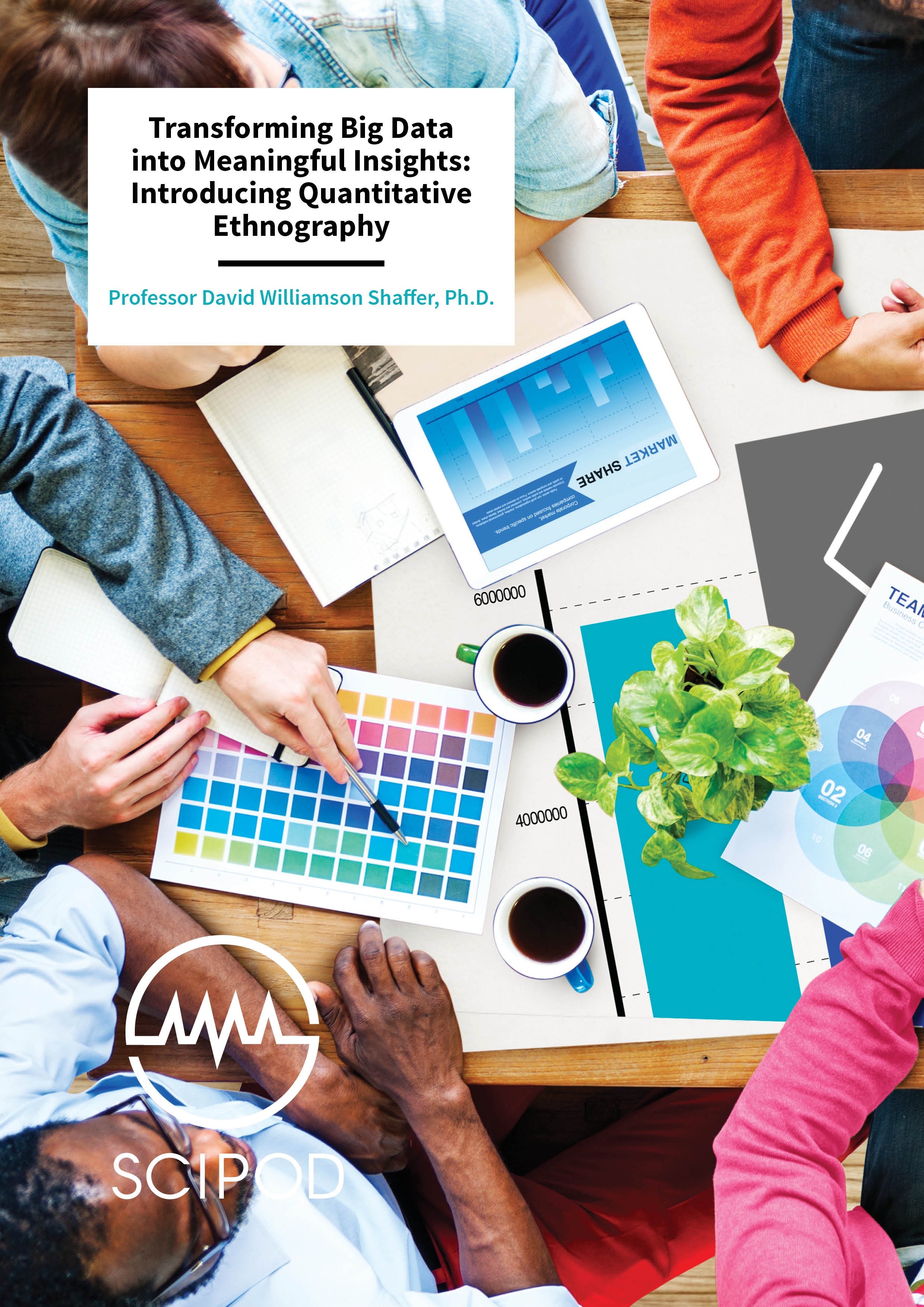
You may also like …
The Brain and the Gut, a Meeting of Two Minds – Professor Terry L. Powley, Purdue University
The Brain and the Gut, a Meeting of Two Minds – Professor Terry L. Powley, Purdue University
Until now, the brain and the neural network of the gastrointestinal tract have been considered largely independent organs. Recent experiments conducted by Professor Terry Powley of Purdue University and his colleagues have fundamentally challenged this belief. Their work shines much needed light on the complex neural circuitry of the stomach and intestines and will assist the development of novel and optimised therapies for problematic gastric disorders.
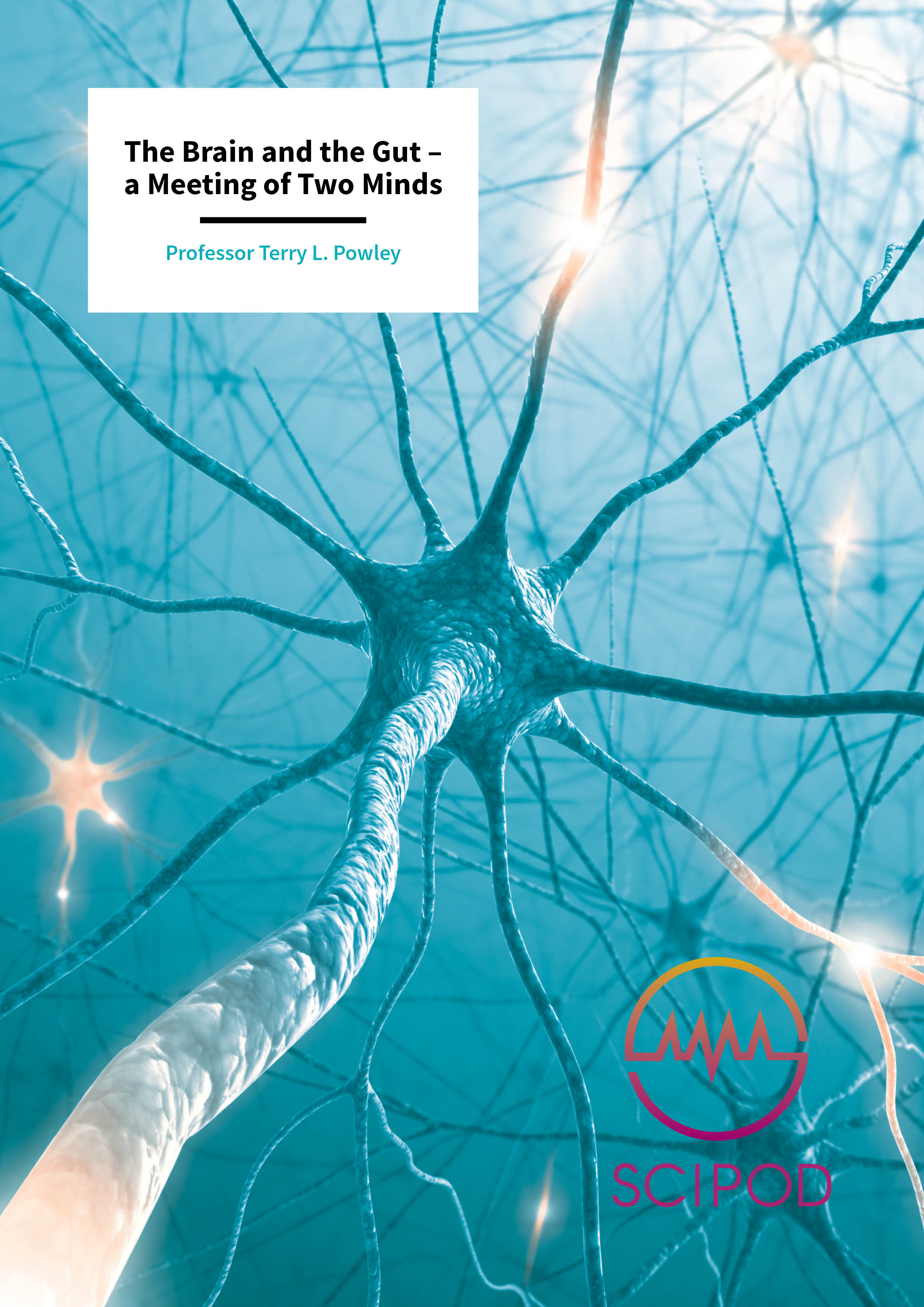
You may also like …
California Hydrology in a Warmer World – Dr Robert J. Allen, University of California, Riverside
California Hydrology in a Warmer World – Dr Robert J. Allen, University of California, Riverside
Scientists rely on large-scale computer models to further their understanding of the Earth’s environment, as well as to predict what the climate will be like in the future. Consisting of complex computer code, many of today’s models have actually been in development for 20 years or more. Dr Robert J. Allen of the University of California, Riverside, has recently tested some of their mettle to predict his state’s future climate. Contrary to conventional thought, Dr Allen and his colleagues conclude that California may be in for a wetter future.
